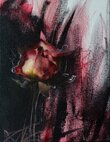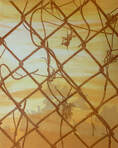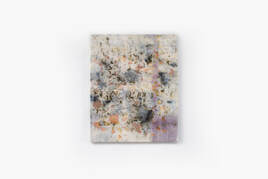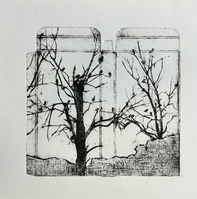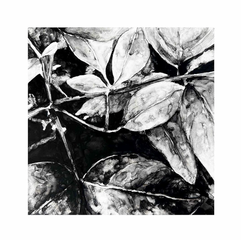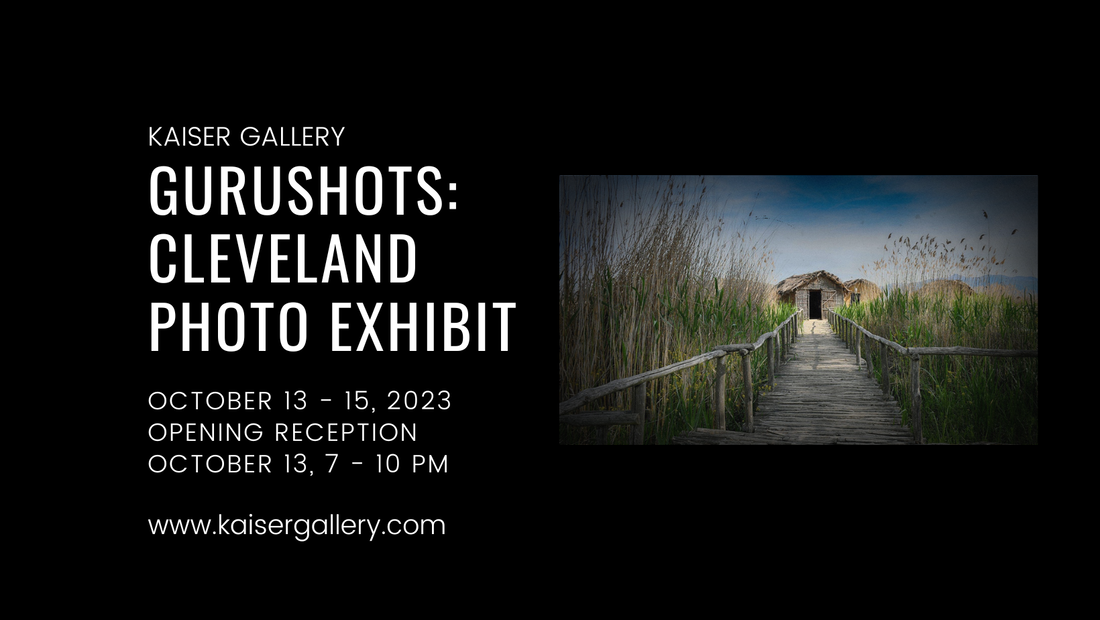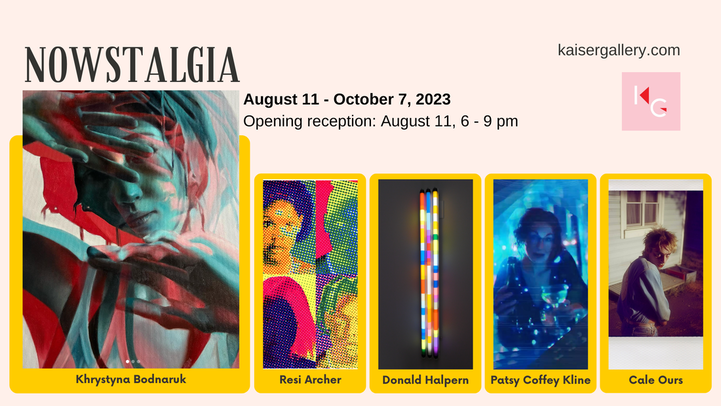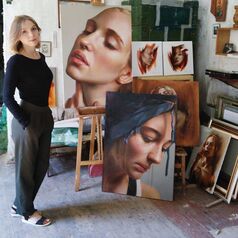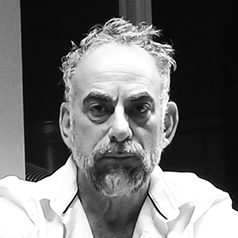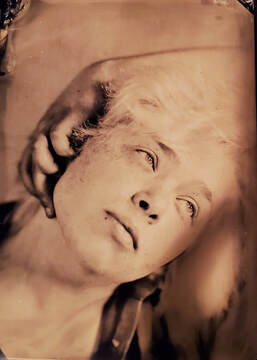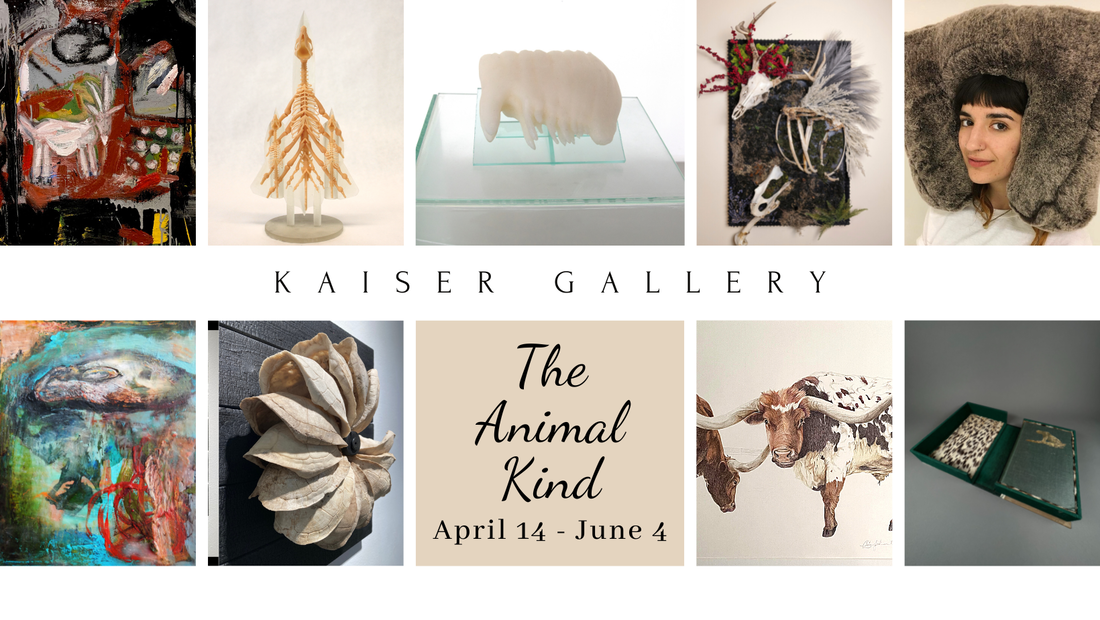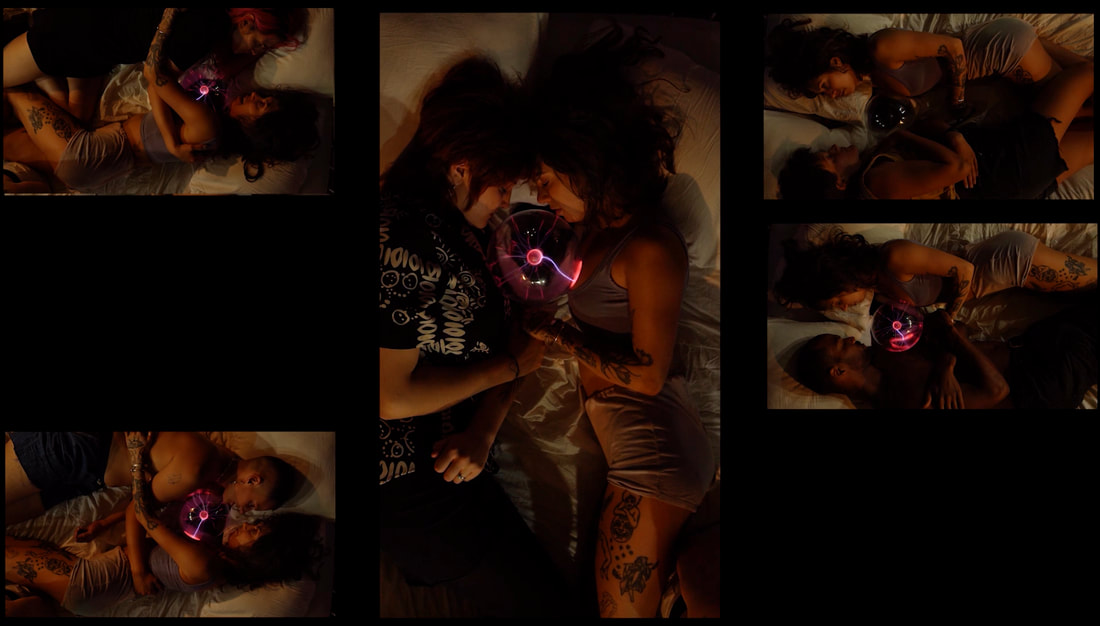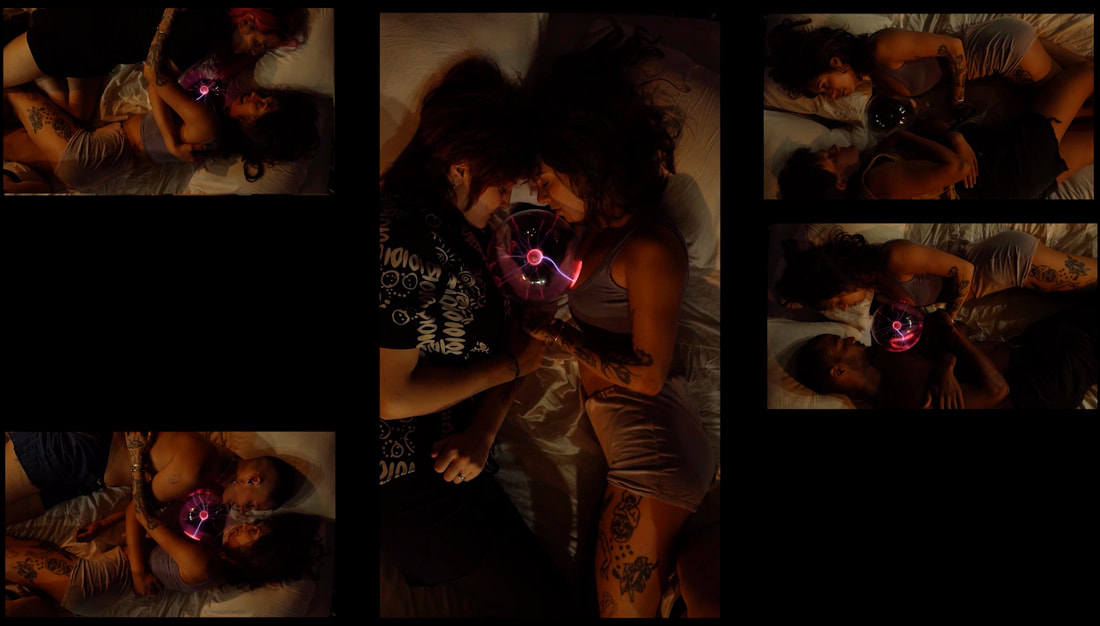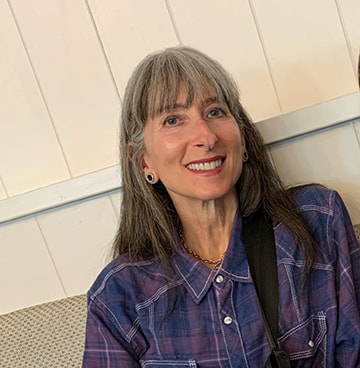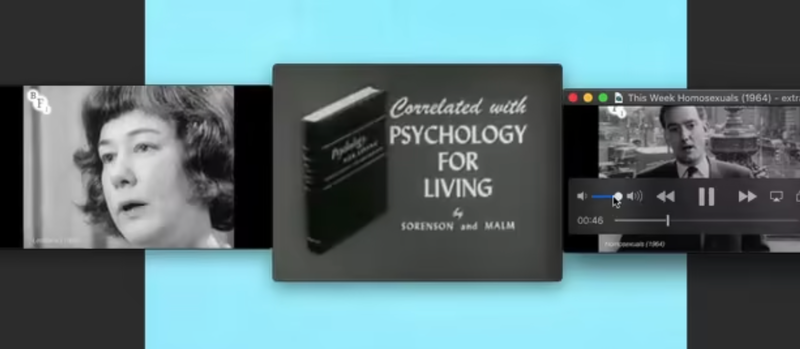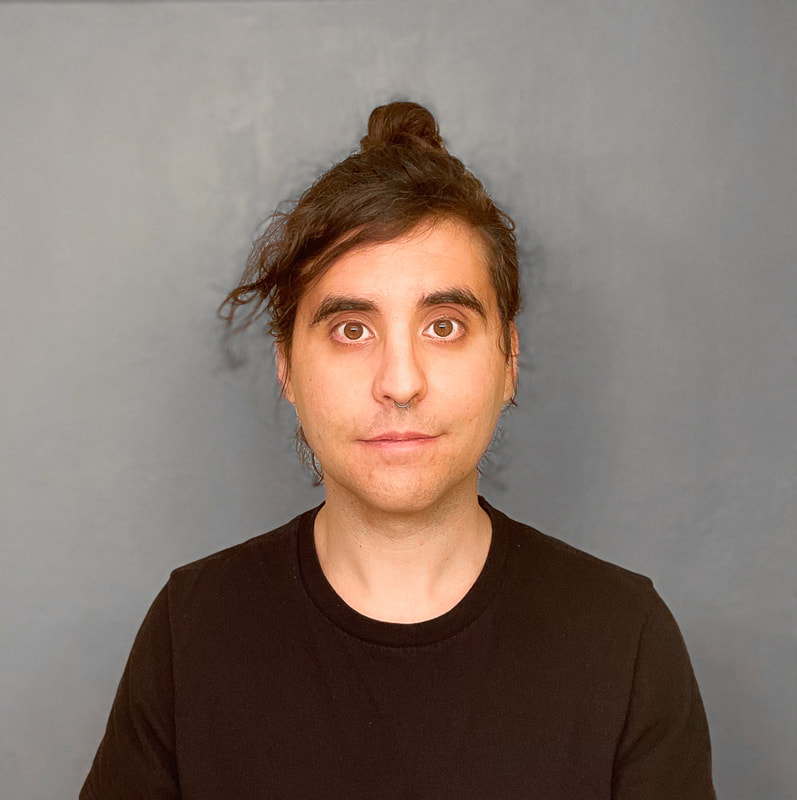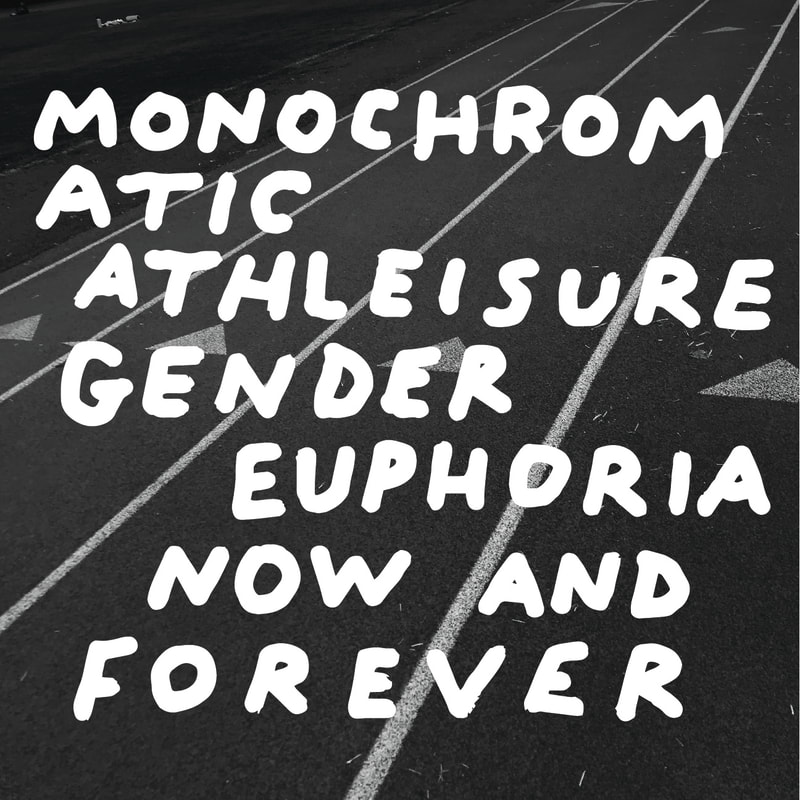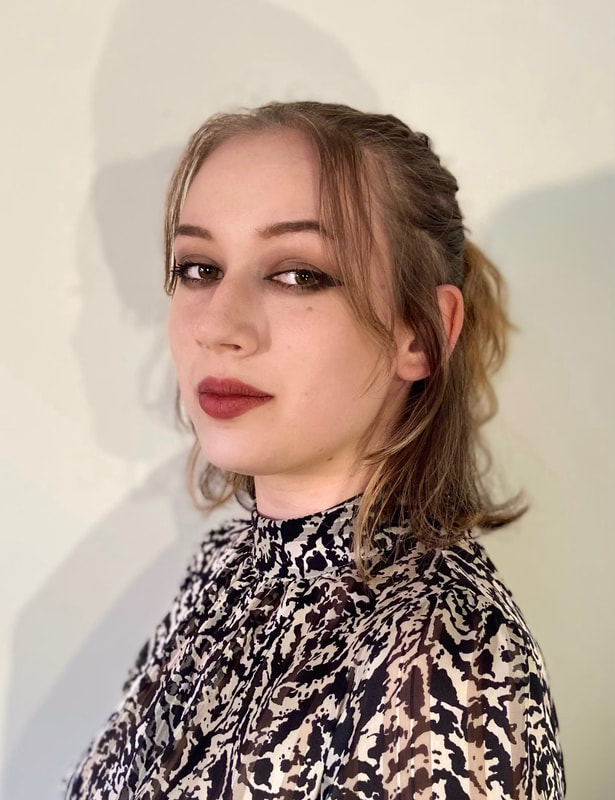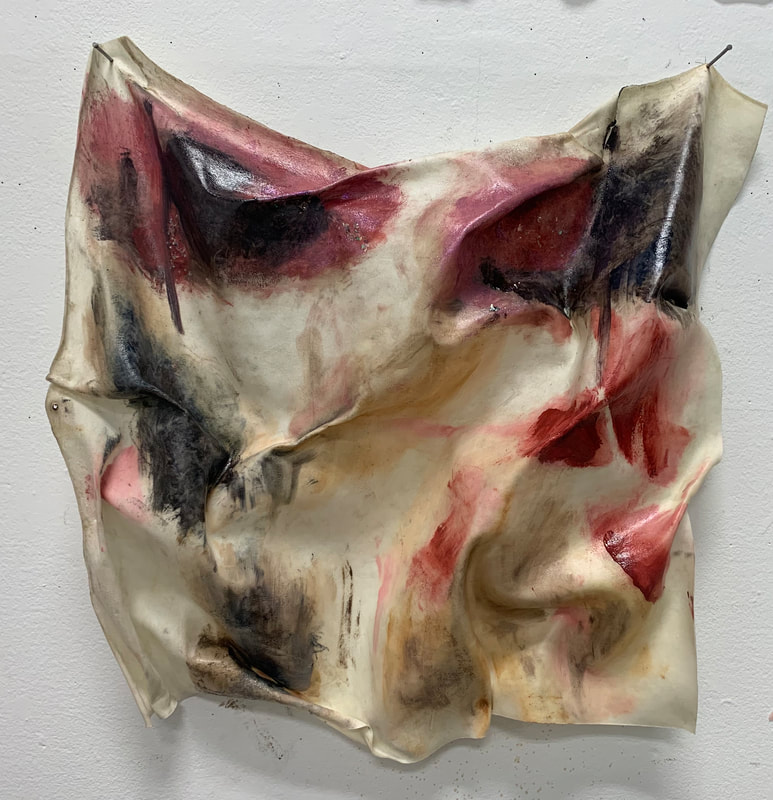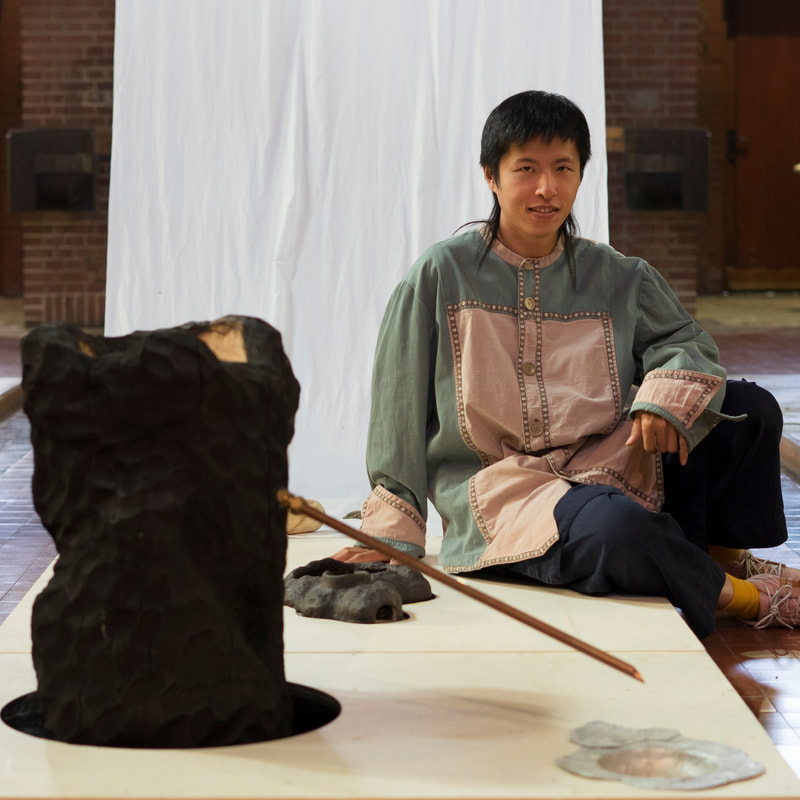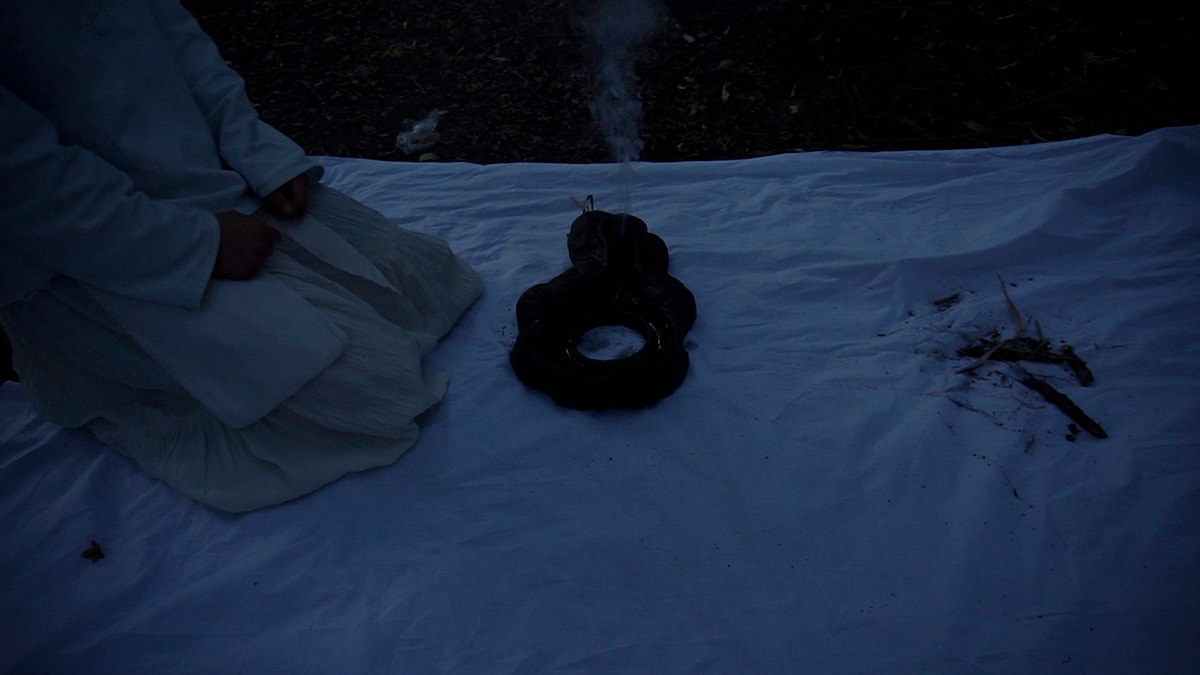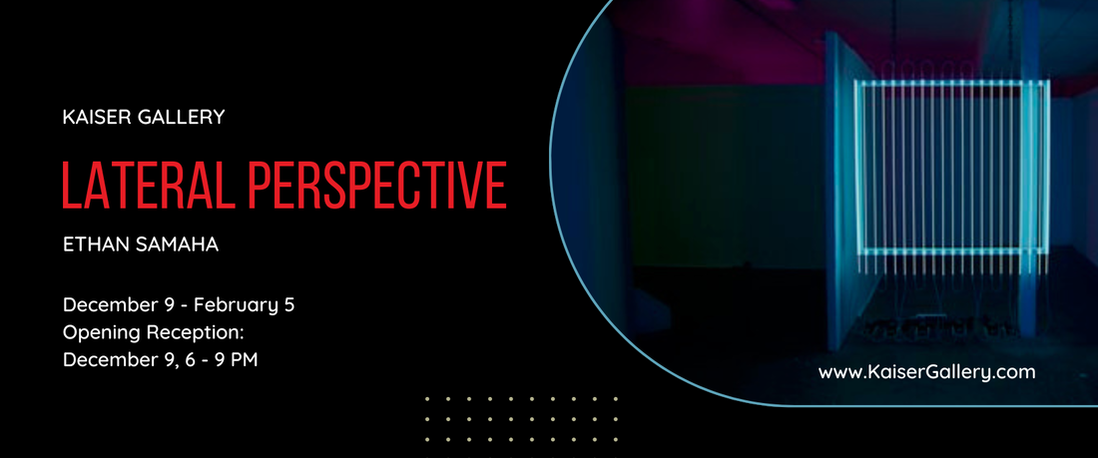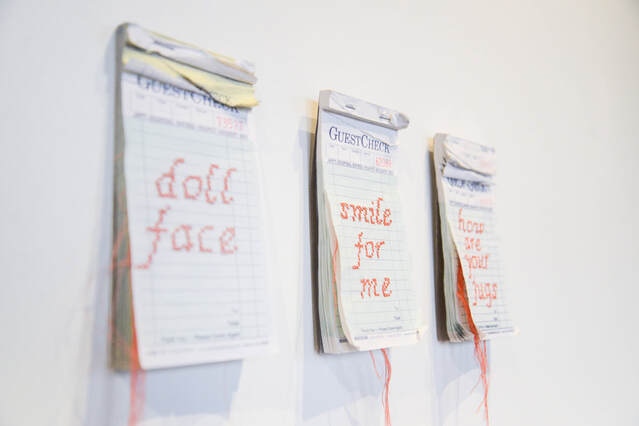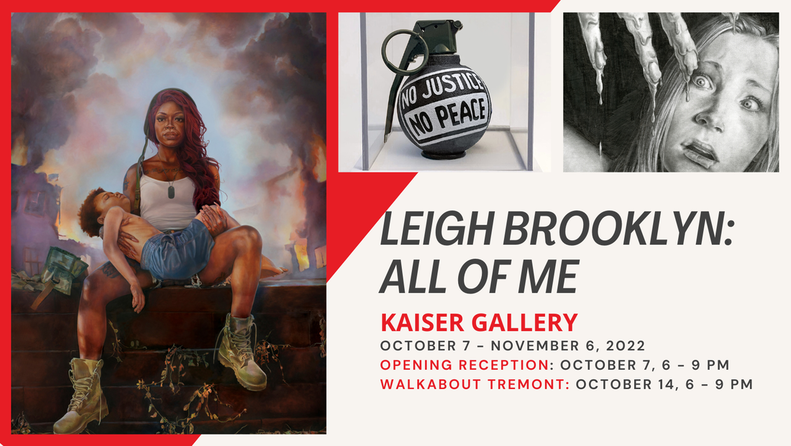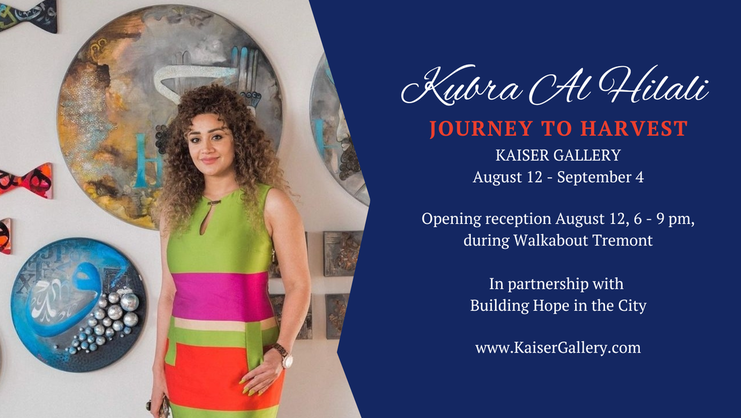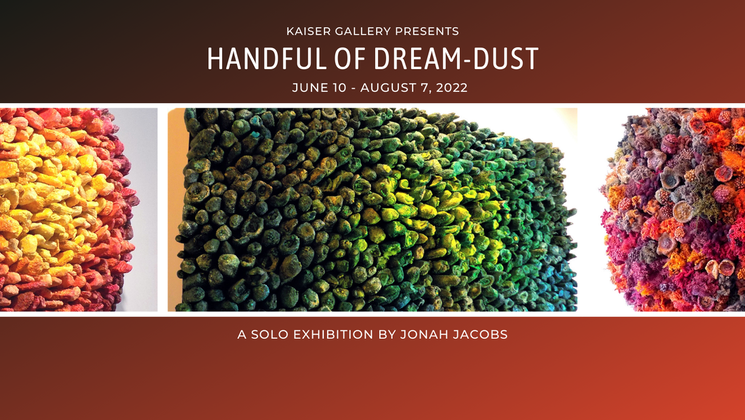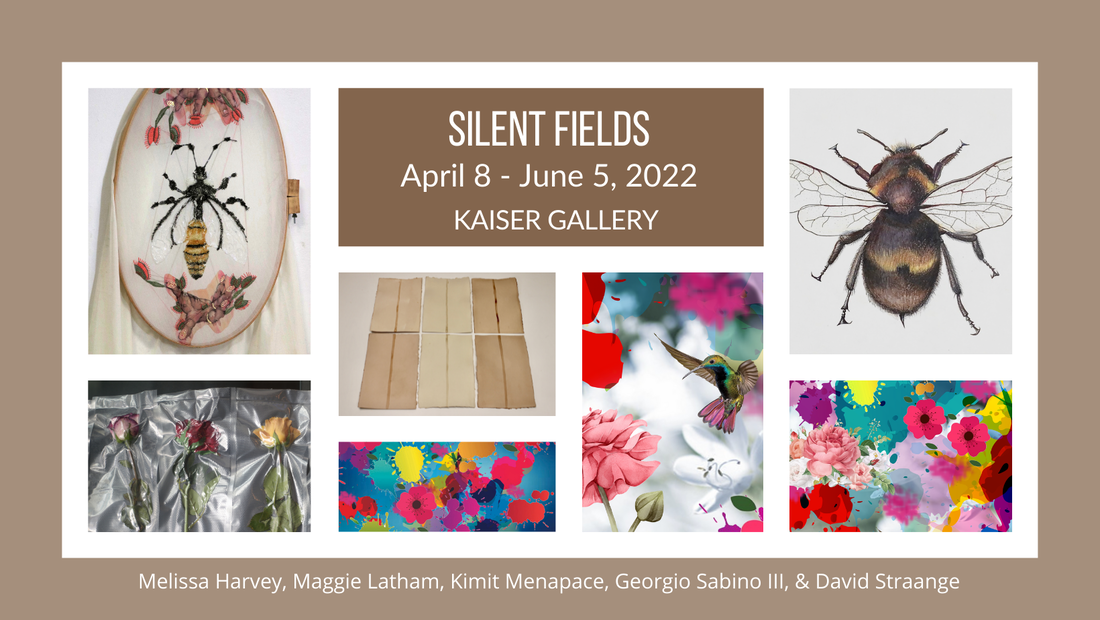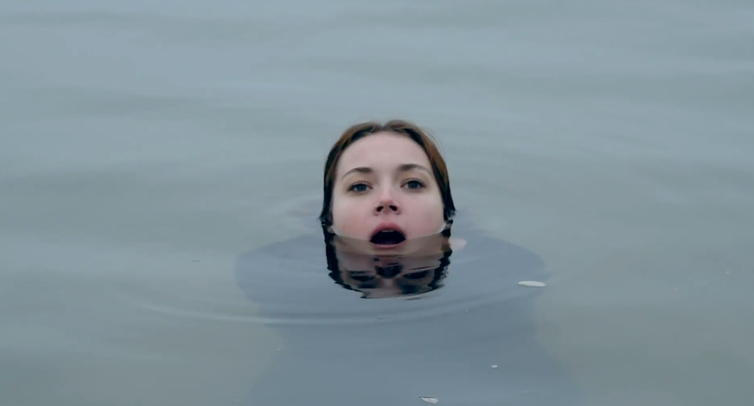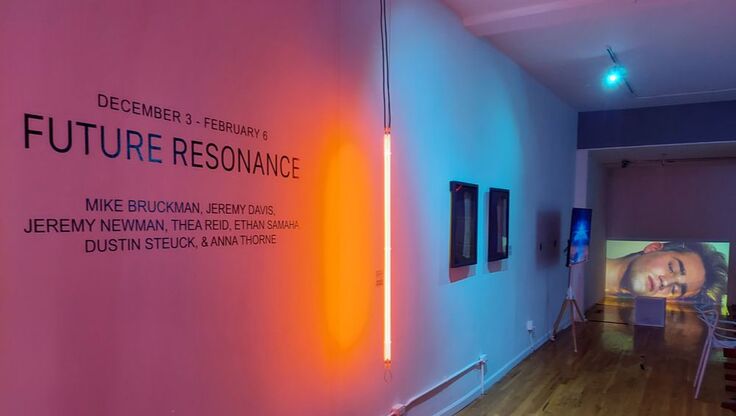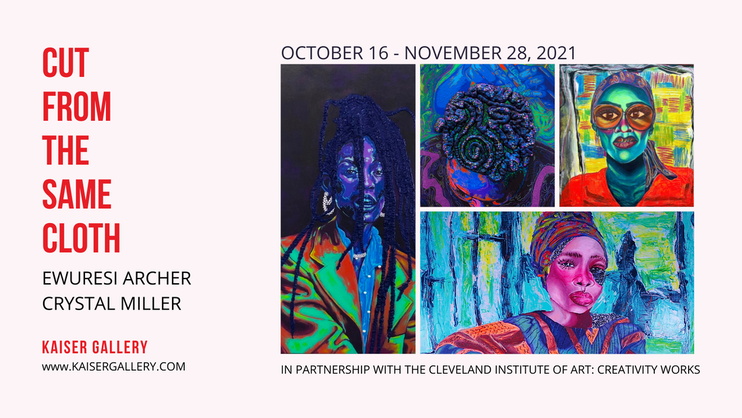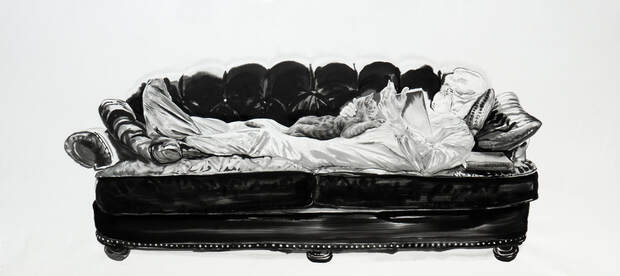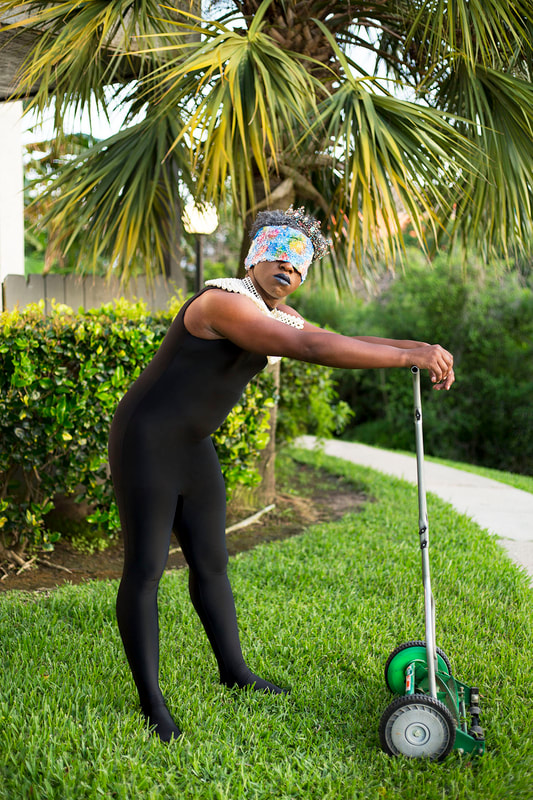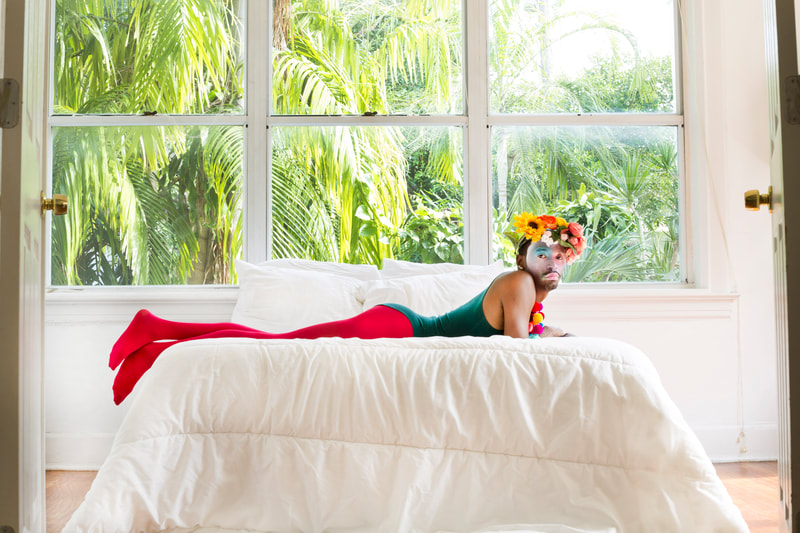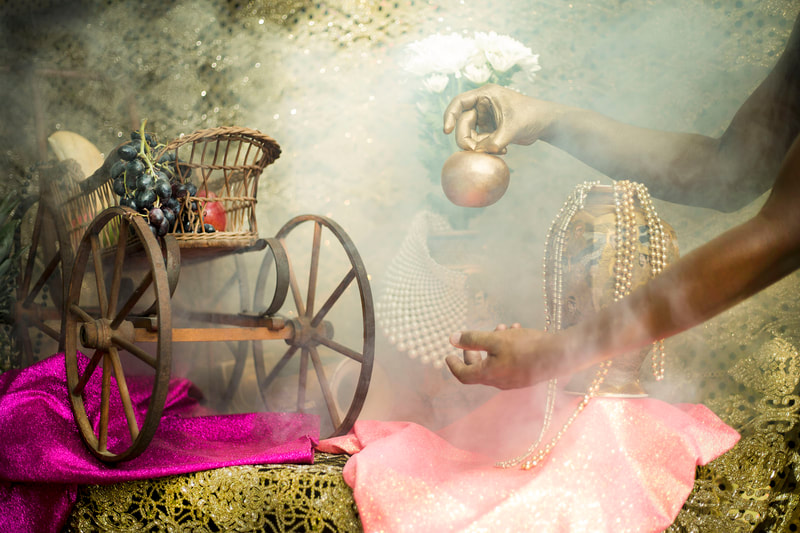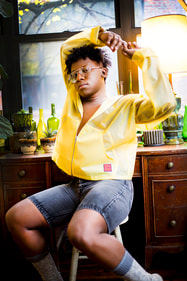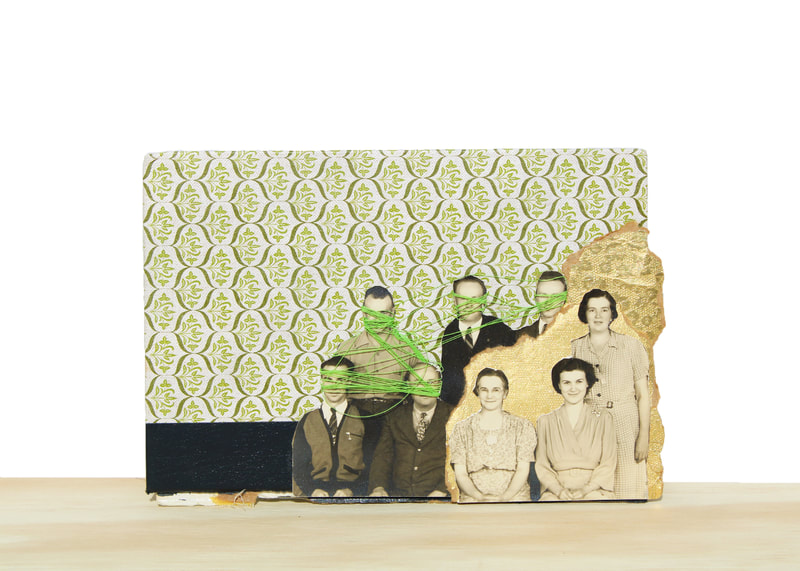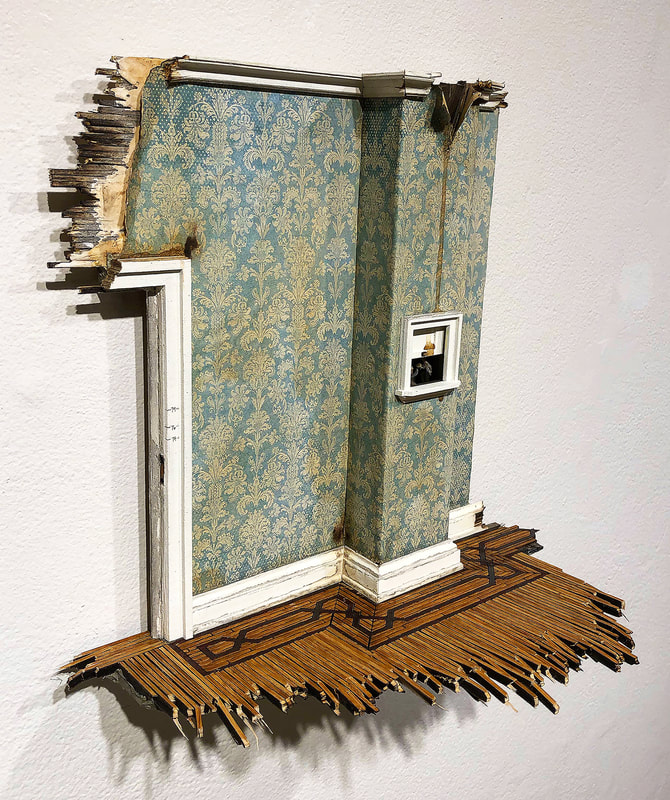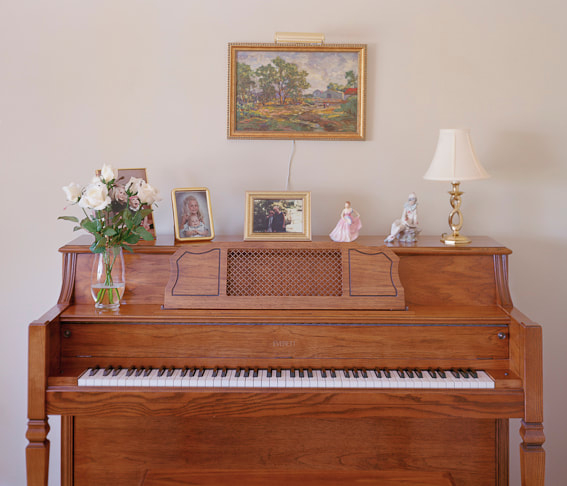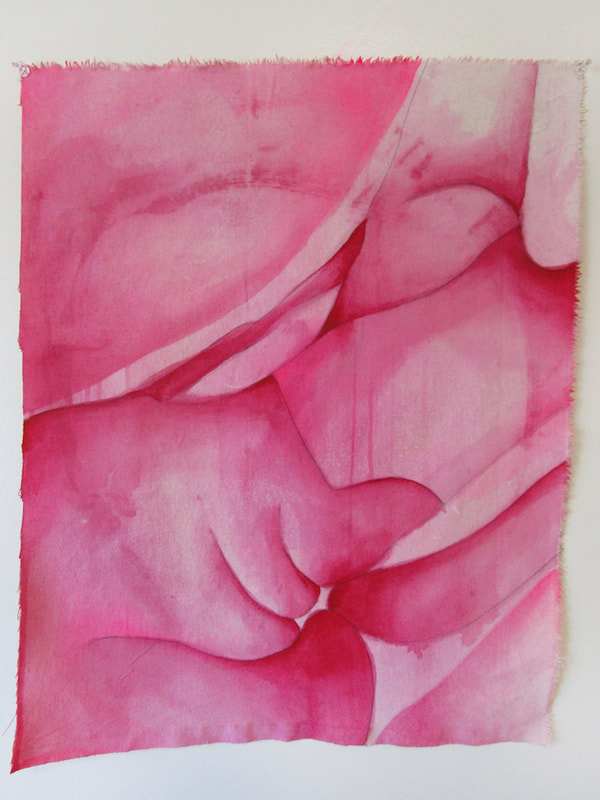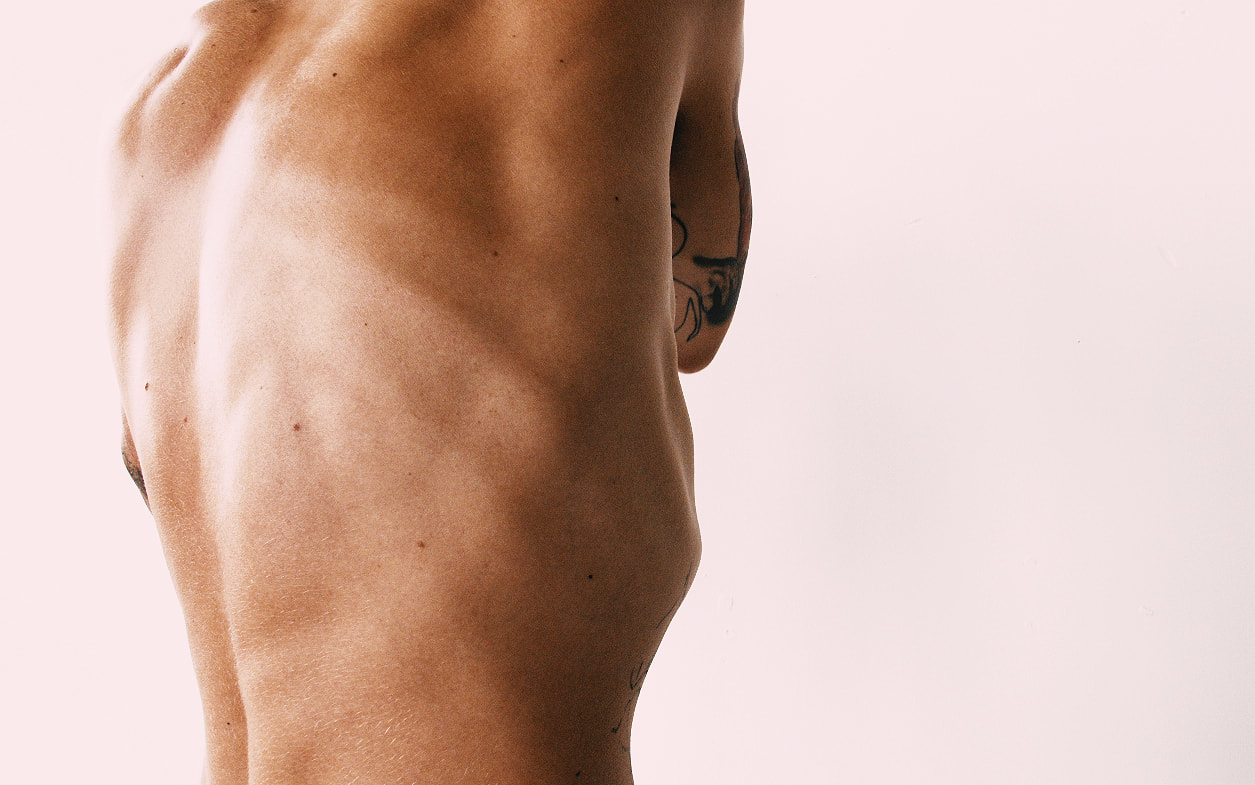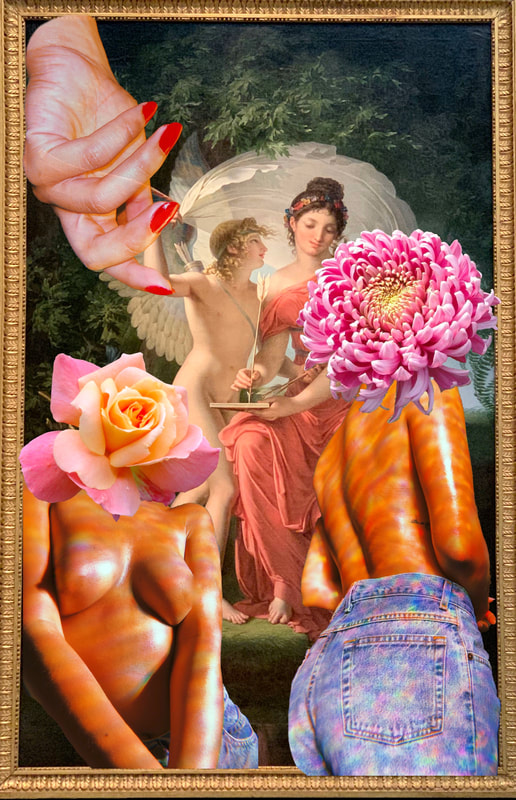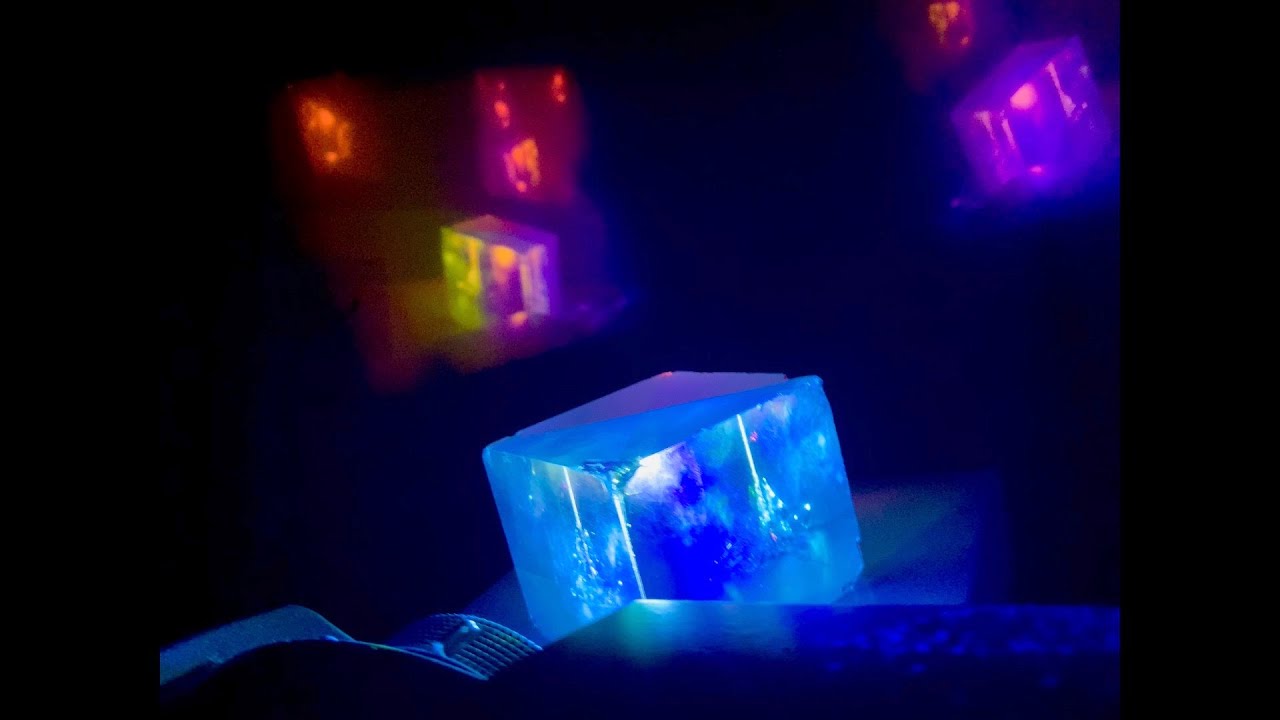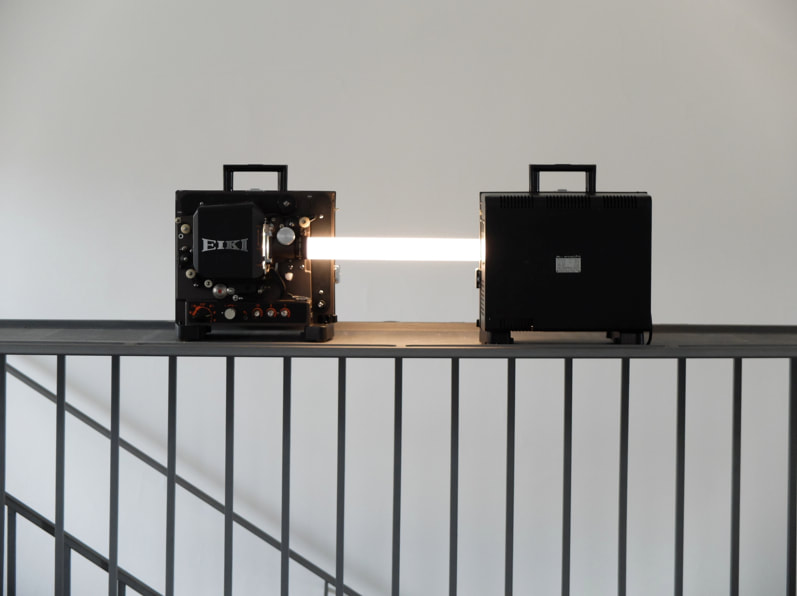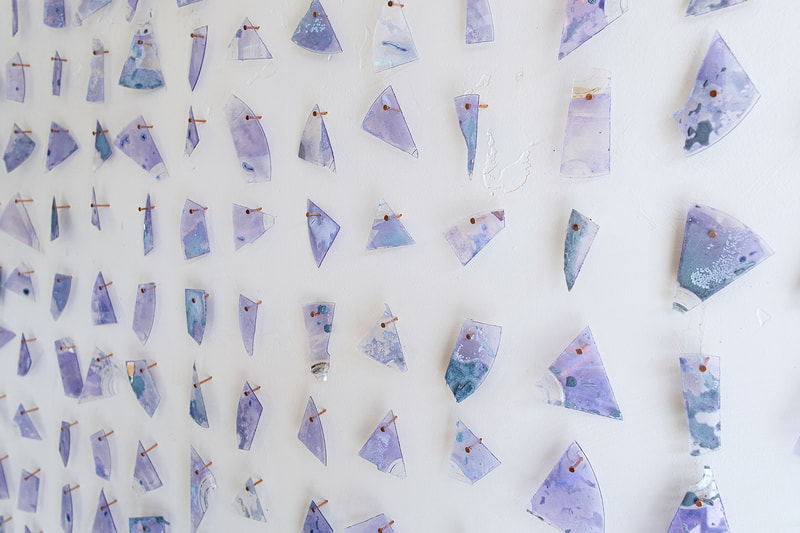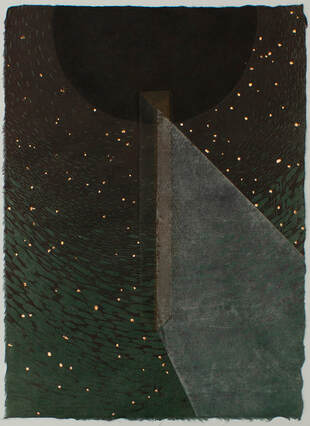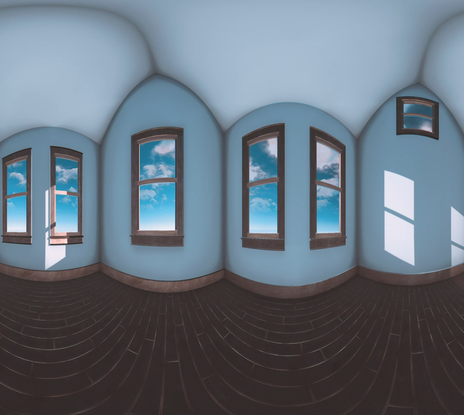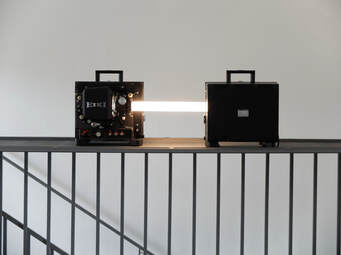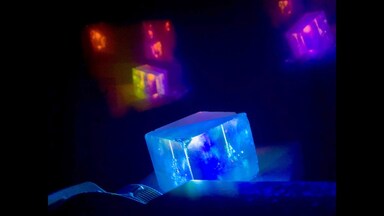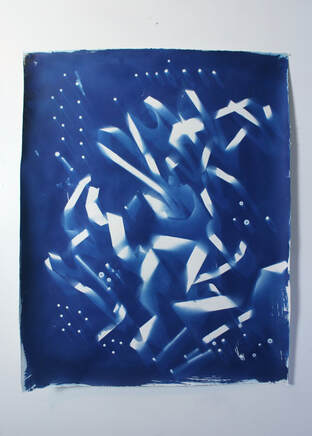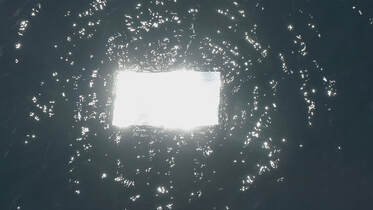Past Exhibitions
2024
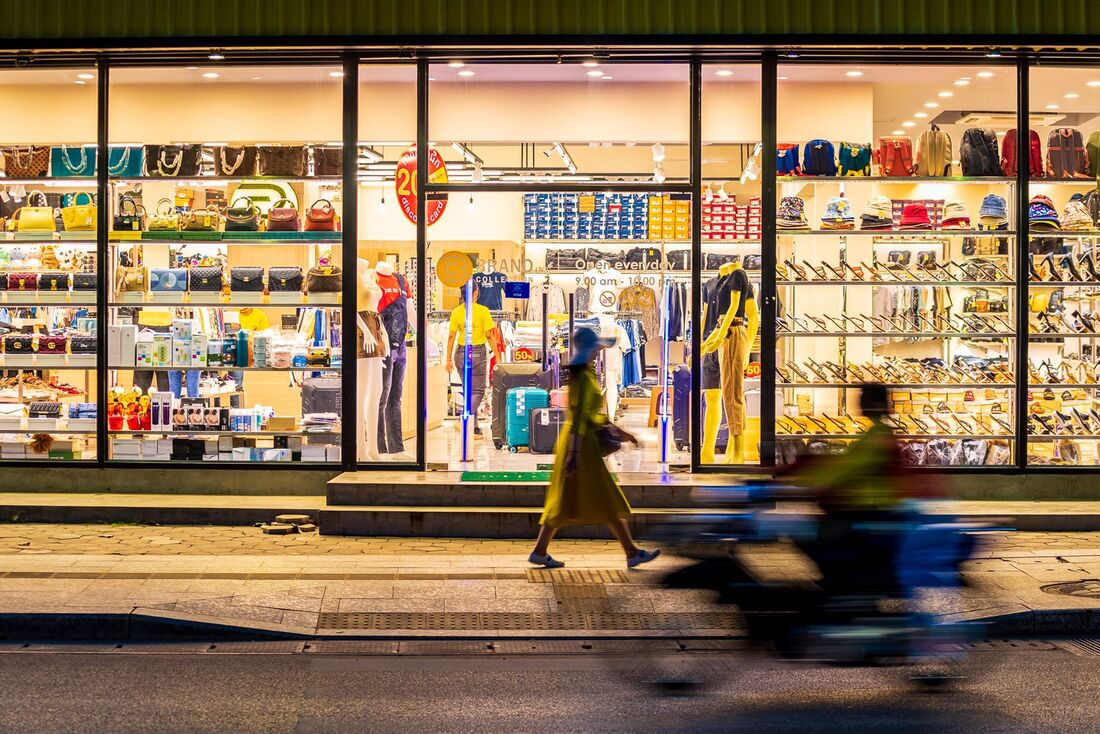
GURUSHOTS: Cleveland Photo Exhibition
June 28th - 30th
Opening reception: June 28, 2024, 7 - 10 pm
We are so excited to be back in Cleveland, USA to showcase the diverse talent of photographers and host a double GuruShots premium exhibition edition at the incredible Kaiser Gallery! With a remarkable collection of 80 printed works (and a wealth of digital winners) submitted by photographers spanning 30+ countries, this inclusive group show is not one to be missed
GuruShots is a digital platform that gives photographers from around the world an opportunity to submit their work for a variety of thematic photo challenges every day. They seek to motivate, challenge, inspire, and empower photographers to expand their careers and exposure to a broader audience. Winning shots are chosen to be shown in GuruShots Exhibitions, held in major cities all over the world
Opening reception:
Friday 28 June 7pm-10pm
Opening hours:
Saturday 29, 4pm-10pm & Sunday 30 June, 4 - 8 pm
Where:
Kaiser Gallery, 2418 Professor Ave, Cleveland, OH 44113
We invite you to join us for drinks and celebrations during our opening reception on Friday 28 June at 7pm.
June 28th - 30th
Opening reception: June 28, 2024, 7 - 10 pm
We are so excited to be back in Cleveland, USA to showcase the diverse talent of photographers and host a double GuruShots premium exhibition edition at the incredible Kaiser Gallery! With a remarkable collection of 80 printed works (and a wealth of digital winners) submitted by photographers spanning 30+ countries, this inclusive group show is not one to be missed
GuruShots is a digital platform that gives photographers from around the world an opportunity to submit their work for a variety of thematic photo challenges every day. They seek to motivate, challenge, inspire, and empower photographers to expand their careers and exposure to a broader audience. Winning shots are chosen to be shown in GuruShots Exhibitions, held in major cities all over the world
Opening reception:
Friday 28 June 7pm-10pm
Opening hours:
Saturday 29, 4pm-10pm & Sunday 30 June, 4 - 8 pm
Where:
Kaiser Gallery, 2418 Professor Ave, Cleveland, OH 44113
We invite you to join us for drinks and celebrations during our opening reception on Friday 28 June at 7pm.

SOLO SHOW SELECTION
(5/9/24 - 6/22/24)
Kaiser Gallery is proud to announce Meryl Engler for our 2024 Solo Show Selection.
Join us for an enchanting journey through hidden landscapes and personal narratives of Meryl Engler. Originally from Huntington Beach, California, Meryl's prints unveil intimate moments in vibrant woodcut layers. Inspired by the interplay between environment and human connection, her work is a testament to the beauty of our surroundings.
With a background in sculpture, printmaking, and papermaking, Meryl merges mediums to push the boundaries of traditional printmaking. Delve into her latest series, "I Had Been Young, Vol. 4" where self-portraiture, avian symbolism, and quilt motifs intertwine to tell stories of transformation and protection. Experience the physicality and intimacy of woodcut prints, alongside mixed media works and relief carvings.
Join us for the opening reception of I Had Been Young on Thursday., May 9, from 6 - 9 PM at Kaiser Gallery.
Exhibition Details: May 9 - June 22, 2024
Opening Reception: May 9, 2024 Time: 6:00 PM - 9:00 PM
Ink & Drink: June 7, 2024 Time: 6:30 PM **Make prints with Meryl Engler at Kaiser Gallery!

Meryl Engler grew up in Huntington Beach, California and moved to Akron, Ohio in fall 2019. Meryl attended Syracuse University where she studied sculpture, printmaking, religious studies and history, while also competing on the women’s rowing team. Next she went to graduate school at University of Nebraska-Lincoln for studio art with an emphasis in printmaking. This is where she developed her love of colorful woodcut prints, often using pattern and repetition. She is inspired by hidden landscapes in our environment and the relationships we form to it and each other. In 2022 she started working at the Morgan Conservatory and learned Eastern and Western papermaking techniques and now incorporates papermaking into her print work. She has shown both nationally and internationally. Meryl seeks to push the limits of printmaking and combine different art mediums in new and exciting ways.
Artist Statement
As an artist specializing in woodcut, I create multi-layered prints that evoke intimate and magical moments within the concealed landscapes of our surroundings. Woodcut is incredibly physical and energetic, but also requires a level of intimacy and care in carving each mark. The resulting work is subtle and bold, careful and rash, reflecting my own state of being as the artist. Each one of my series chronicles a relationship, either with a person, place or specific time period of my life. I find that I remember things in landscapes. I remember playing in the ocean as a child, watching the light dance along the waves. I remember the piles of fabric surrounding my mother as she sat to sew blankets. In my mind the patterns from a quilt she makes becomes rolling fields or crashing waves. In my latest ongoing series, "I Had Been Young," I felt compelled to delve into my personal narrative spanning the past few years using self-portraiture, interactions with birds that are seen as messengers of change and transformation, quilts to convey protection and caring, and images of one very peculiar tree that captured my fascination upon moving to Akron. This iteration of “I Had Been Young” will include large scale woodcut prints, mixed media works on paper, and relief wood carvings of birds that fly around the walls.
As an artist specializing in woodcut, I create multi-layered prints that evoke intimate and magical moments within the concealed landscapes of our surroundings. Woodcut is incredibly physical and energetic, but also requires a level of intimacy and care in carving each mark. The resulting work is subtle and bold, careful and rash, reflecting my own state of being as the artist. Each one of my series chronicles a relationship, either with a person, place or specific time period of my life. I find that I remember things in landscapes. I remember playing in the ocean as a child, watching the light dance along the waves. I remember the piles of fabric surrounding my mother as she sat to sew blankets. In my mind the patterns from a quilt she makes becomes rolling fields or crashing waves. In my latest ongoing series, "I Had Been Young," I felt compelled to delve into my personal narrative spanning the past few years using self-portraiture, interactions with birds that are seen as messengers of change and transformation, quilts to convey protection and caring, and images of one very peculiar tree that captured my fascination upon moving to Akron. This iteration of “I Had Been Young” will include large scale woodcut prints, mixed media works on paper, and relief wood carvings of birds that fly around the walls.
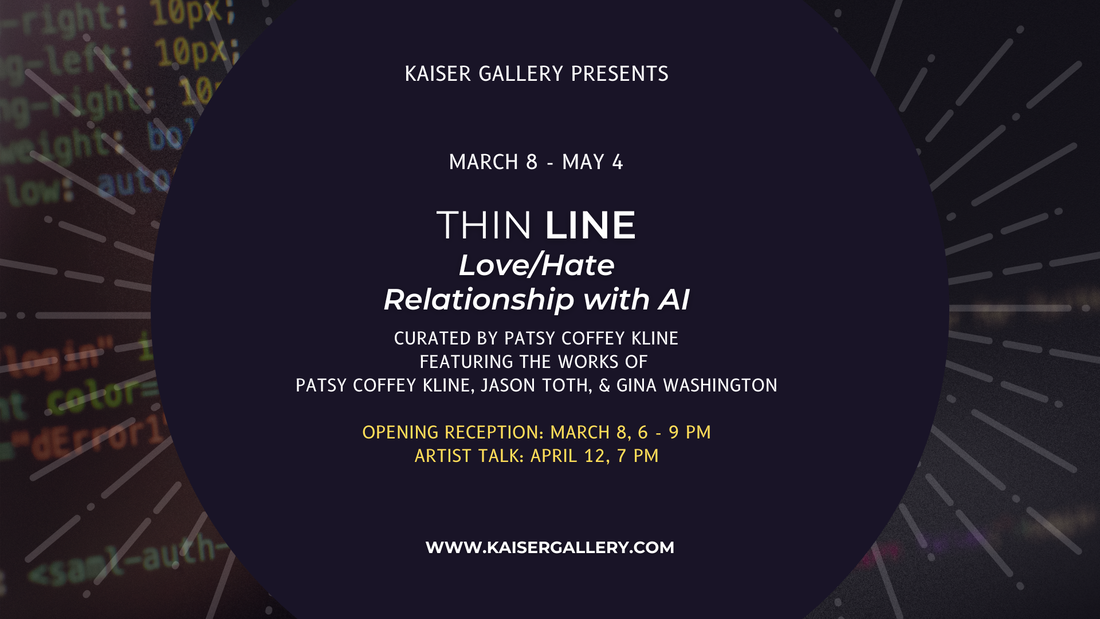
THIN LINE: LOVE/HATE RELATIONSHIP WITH AI
(3/8/24 - 5/5/24)
Curated by Patsy Coffey Kline
Featuring the works of Patsy Coffey Kline, Jason Toth, and Gina Washington.
You’ve probably heard the phrase, “There is a thin line between love and hate,” meaning that the emotions of love and hatred can be closely linked. Our world often balances on a knife-edge between these two themes without even noticing. Oddly enough, love and hate activate the same part of the brain. Generative AI represents a growing field that continues to evolve, offering exciting opportunities for innovation as well as serious challenges, thus causing division between those who love it and those who hate it.
The concept that love and hate could be similar emotions is explored through the perspectives of three artists who use AI as a tool to share their unique stories. I think Generative AI art serves a distinct purpose but it can never replace a human or an artist’s ability to create. Nevertheless, it’s fair to say that AI art is beautiful because beauty is in the eye of the beholder Generative AI has many applications, including; Image Generation: Creating realistic images, such as artworks or detailed product prototypes; Text Generation: Writing coherent and contextually relevant text for various purposes, like creative writing or dialogue systems; Music Composition: Composing new pieces of music in a specific style or genre; Data Augmentation: Generating additional training data to enhance the performance of machine learning models; Drug Discovery: Creating molecular structures that can be further explored for pharmaceutical development.
As an artist that uses AI I find it pretty awesome. AI offers a new frontier for artists who use tech in different modes, providing a playful and ominous means of expression. My focus for this exhibition is to spotlight the positive aspects of Generative AI in the arts. While
being sensitive to the ethical challenges AI presents.
In conclusion, the exploration of the thin line between love and hate serves as a thought-provoking backdrop to the evolving landscape of Generative AI. As our world teeters on the edge of these contrasting emotions, it becomes evident that the same neural
pathways activated by love and hate also contribute to the complex reactions towards AI.
Generative AI emerges as a dynamic force, offering both exciting possibilities for innovation and formidable challenges that give rise to a dichotomy of opinions. The division between enthusiasts and skeptics underscores the transformative power of this technology, prompting a deeper examination of its impact on our artistic expressions and societal perceptions.
Through the lens of three artists, the concept of love and hate as analogous emotions finds a unique narrative in the realm of AI. These creators leverage AI as a tool to share their distinct stories, illustrating the symbiotic relationship between human creativity and
technological advancement.
While acknowledging the distinct purpose of Generative AI art, there remains a recognition that it can never replace the innate abilities of a human artist. The exhibition, with its focus on the positive aspects of AI in the arts, sheds light on the playful and ominous ways in which this technology becomes a new frontier for creative expression. In essence, Generative AI opens up a novel form of communication, offering artists a means to express ideas in ways previously unexplored. As we navigate the gray areas presented by AI, it becomes clear that the convergence of technology and art brings forth a realm of endless possibilities, encouraging us to embrace the transformative
potential while remaining mindful of the ethical considerations that accompany this groundbreaking journey.
(3/8/24 - 5/5/24)
Curated by Patsy Coffey Kline
Featuring the works of Patsy Coffey Kline, Jason Toth, and Gina Washington.
You’ve probably heard the phrase, “There is a thin line between love and hate,” meaning that the emotions of love and hatred can be closely linked. Our world often balances on a knife-edge between these two themes without even noticing. Oddly enough, love and hate activate the same part of the brain. Generative AI represents a growing field that continues to evolve, offering exciting opportunities for innovation as well as serious challenges, thus causing division between those who love it and those who hate it.
The concept that love and hate could be similar emotions is explored through the perspectives of three artists who use AI as a tool to share their unique stories. I think Generative AI art serves a distinct purpose but it can never replace a human or an artist’s ability to create. Nevertheless, it’s fair to say that AI art is beautiful because beauty is in the eye of the beholder Generative AI has many applications, including; Image Generation: Creating realistic images, such as artworks or detailed product prototypes; Text Generation: Writing coherent and contextually relevant text for various purposes, like creative writing or dialogue systems; Music Composition: Composing new pieces of music in a specific style or genre; Data Augmentation: Generating additional training data to enhance the performance of machine learning models; Drug Discovery: Creating molecular structures that can be further explored for pharmaceutical development.
As an artist that uses AI I find it pretty awesome. AI offers a new frontier for artists who use tech in different modes, providing a playful and ominous means of expression. My focus for this exhibition is to spotlight the positive aspects of Generative AI in the arts. While
being sensitive to the ethical challenges AI presents.
In conclusion, the exploration of the thin line between love and hate serves as a thought-provoking backdrop to the evolving landscape of Generative AI. As our world teeters on the edge of these contrasting emotions, it becomes evident that the same neural
pathways activated by love and hate also contribute to the complex reactions towards AI.
Generative AI emerges as a dynamic force, offering both exciting possibilities for innovation and formidable challenges that give rise to a dichotomy of opinions. The division between enthusiasts and skeptics underscores the transformative power of this technology, prompting a deeper examination of its impact on our artistic expressions and societal perceptions.
Through the lens of three artists, the concept of love and hate as analogous emotions finds a unique narrative in the realm of AI. These creators leverage AI as a tool to share their distinct stories, illustrating the symbiotic relationship between human creativity and
technological advancement.
While acknowledging the distinct purpose of Generative AI art, there remains a recognition that it can never replace the innate abilities of a human artist. The exhibition, with its focus on the positive aspects of AI in the arts, sheds light on the playful and ominous ways in which this technology becomes a new frontier for creative expression. In essence, Generative AI opens up a novel form of communication, offering artists a means to express ideas in ways previously unexplored. As we navigate the gray areas presented by AI, it becomes clear that the convergence of technology and art brings forth a realm of endless possibilities, encouraging us to embrace the transformative
potential while remaining mindful of the ethical considerations that accompany this groundbreaking journey.
ABOUT THE ARTISTS

Patsy Coffey Kline
Patsy Coffey Kline was born in Manchester, Kentucky and raised in the greater Cleveland, Ohio area. She received her BFA from the Cleveland Institute of Art with a major in graphic design and minor in photography, graduating in the top ten percent. Shortly after graduation Kline moved to Tremont where she began a graphic design and marketing firm that supplied gratis services to area nonprofits such as Cleveland Public Theater and Near West Theater. In 2002 she opened her first gallery, Gallery U Cleveland, in the Colonial Marketplace Arcade, downtown Cleveland.
Since 1996 she has focused on curating multi-sensory art exhibitions which include everything from live original music, DJ’s, stilt and luminous dance, to videography, juggling, and card and poetry readings. Kline has facilitated nearly 200 events spotlighting Cleveland and internationally known artists.
Kline is interested in creating a conversation about what holds important in our shared contemporary culture and experience. Trying to prompt an exchange that removes the traditional boundaries imposed by the institutional system or other accepted norms in order to question what it is that brings us together and share intimacy. At the heart of Kline’s work is the idea of establishing relationship; creating new bonds and strengthening old; of the profound difficulty in connecting, repairing, loving. Kline’s work asks one to wonder if those difficulties are not what we need to overcome in order to love, if they are what make love so meaningful. Her work investigates whether minimizing those contradictions and difficulties, is to minimize love itself. Her installations are at first therapy; then art takes over. “It’s the right method for me, turning things to my advantage in order not to suffer from them,” states Kline.
Patsy Kline, “Filters, Fronts, and Facades”, 2022
Artist Statement
This series explores the vicious cycle of our tendency to love hating on the things we love to hate, and to call it love.
Each video contains my image and belongs to a larger series titled “Filters, Fronts, & Facades,” which began in 2020. I start with one of three analog images I have taken of myself, then filter through various applications, including AI and Instagram filters, until I feel it is complete.
Patsy Coffey Kline was born in Manchester, Kentucky and raised in the greater Cleveland, Ohio area. She received her BFA from the Cleveland Institute of Art with a major in graphic design and minor in photography, graduating in the top ten percent. Shortly after graduation Kline moved to Tremont where she began a graphic design and marketing firm that supplied gratis services to area nonprofits such as Cleveland Public Theater and Near West Theater. In 2002 she opened her first gallery, Gallery U Cleveland, in the Colonial Marketplace Arcade, downtown Cleveland.
Since 1996 she has focused on curating multi-sensory art exhibitions which include everything from live original music, DJ’s, stilt and luminous dance, to videography, juggling, and card and poetry readings. Kline has facilitated nearly 200 events spotlighting Cleveland and internationally known artists.
Kline is interested in creating a conversation about what holds important in our shared contemporary culture and experience. Trying to prompt an exchange that removes the traditional boundaries imposed by the institutional system or other accepted norms in order to question what it is that brings us together and share intimacy. At the heart of Kline’s work is the idea of establishing relationship; creating new bonds and strengthening old; of the profound difficulty in connecting, repairing, loving. Kline’s work asks one to wonder if those difficulties are not what we need to overcome in order to love, if they are what make love so meaningful. Her work investigates whether minimizing those contradictions and difficulties, is to minimize love itself. Her installations are at first therapy; then art takes over. “It’s the right method for me, turning things to my advantage in order not to suffer from them,” states Kline.
Patsy Kline, “Filters, Fronts, and Facades”, 2022
Artist Statement
This series explores the vicious cycle of our tendency to love hating on the things we love to hate, and to call it love.
Each video contains my image and belongs to a larger series titled “Filters, Fronts, & Facades,” which began in 2020. I start with one of three analog images I have taken of myself, then filter through various applications, including AI and Instagram filters, until I feel it is complete.

Jason Toth In this exhibition, my journey from the depths of self-hatred to the heights of self-love unfolds alongside a contemplation of our entwined destinies with artificial intelligence. This narrative delves into the precarious balance between love and hate—a theme that not only mirrors my personal transformation but also our collective engagement with technological advancement.
The artworks presented are manifestations of intense emotional landscapes, where the thin line between love and hate is both a personal and a technological frontier. They explore how quickly passion can turn to disdain, how deeply held affection can morph into animosity, and how our embrace of artificial intelligence can shift from awe to alarm. This delicate balance is a testament to the intensity of our emotions and the fragility of our convictions, highlighting the need for vigilance in our emotional and ethical engagements. Each piece is a reflection on the ease with which we can traverse from love to hate and back, often without realizing it. This journey is not linear but a spectrum of experiences and emotions, marked by moments of clarity and confusion alike. Through a blend of colors, textures, and mediums, I aim to capture the essence of this delicate balance, inviting viewers to ponder the fluidity of their own emotions and the ethical implications of our intertwined lives with AI. This collection serves as a reminder of the importance of self-awareness and emotional intelligence in navigating the complexities of love, hate, and technology. It underscores the importance of maintaining a balance, recognizing the potential for transformation within ourselves and in our relationship with the machines we create. In sharing this journey, I hope to inspire reflection on the thin lines that define our emotional landscapes and our future with technology, urging a mindful approach to the way we love, hate, and innovate.
The artworks presented are manifestations of intense emotional landscapes, where the thin line between love and hate is both a personal and a technological frontier. They explore how quickly passion can turn to disdain, how deeply held affection can morph into animosity, and how our embrace of artificial intelligence can shift from awe to alarm. This delicate balance is a testament to the intensity of our emotions and the fragility of our convictions, highlighting the need for vigilance in our emotional and ethical engagements. Each piece is a reflection on the ease with which we can traverse from love to hate and back, often without realizing it. This journey is not linear but a spectrum of experiences and emotions, marked by moments of clarity and confusion alike. Through a blend of colors, textures, and mediums, I aim to capture the essence of this delicate balance, inviting viewers to ponder the fluidity of their own emotions and the ethical implications of our intertwined lives with AI. This collection serves as a reminder of the importance of self-awareness and emotional intelligence in navigating the complexities of love, hate, and technology. It underscores the importance of maintaining a balance, recognizing the potential for transformation within ourselves and in our relationship with the machines we create. In sharing this journey, I hope to inspire reflection on the thin lines that define our emotional landscapes and our future with technology, urging a mindful approach to the way we love, hate, and innovate.

Gina Washington
Gina Washington was born and raised in Cleveland, Ohio, and graduated with an MFA in Photography from Ohio University in Athens, Ohio. She considers herself “a Child of the Universe” and has traveled to many places collecting images and connecting artists.
Gina has exhibited her work nationally and internationally. Most recently, she was awarded a residency with Akron Soul Train Art Museum and the Cleveland Foundation Equity in the Arts Fund grant as she creates art “by any means necessary.” She is the
founder of Mateza Gallery LLC on Etsy and, as a master collaborator, co-founded The Visit Arts Collective. Ultimately her goal is to bring clarity and solutions to the chaos in the world through art and to make art accessible to all people, especially the disenfranchised and underrepresented in the global community.
Gina Washington was born and raised in Cleveland, Ohio, and graduated with an MFA in Photography from Ohio University in Athens, Ohio. She considers herself “a Child of the Universe” and has traveled to many places collecting images and connecting artists.
Gina has exhibited her work nationally and internationally. Most recently, she was awarded a residency with Akron Soul Train Art Museum and the Cleveland Foundation Equity in the Arts Fund grant as she creates art “by any means necessary.” She is the
founder of Mateza Gallery LLC on Etsy and, as a master collaborator, co-founded The Visit Arts Collective. Ultimately her goal is to bring clarity and solutions to the chaos in the world through art and to make art accessible to all people, especially the disenfranchised and underrepresented in the global community.

LOOK CLOSER!
February 9 - March 2, 2024
Opening reception: February 9, 6 - 9 pm
Look Closer! is a thought-provoking solo exhibit by artist Fatima Matar, presented by Kaiser Gallery in partnership with SPACES Urgent Art Fund Projects. Focusing on the pressing issue of domestic violence and sexual harassment at work, this exhibit encourages visitors to engage intimately with the works on display.
Viewers are invited to step closer to the canvas, bending down to peer through a small keyhole. This intimate act reveals a fragmented image portraying a distressing scene of a man inflicting harm upon a woman. This interaction emphasizes the hidden nature of domestic abuse, where victims often suffer in silence due to the fear of further violence. And the victim's fear of losing their jobs and thus their livelihood in the case of reporting sexual harassment at work.
Look Closer! compels us to confront the obscured reality of domestic violence and sexual harassment at work encourages us to take a stand against this ongoing crisis. Through Matar's powerful art, we are reminded that change starts with acknowledging the problem and fostering a collective commitment to a safer and more compassionate future.
ABOUT THE ARTIST:
Fatima is an artist, writer and poet. She sought asylum in the United States with her daughter in 2018, after facing prosecution and persecution for he political and social activism in her country – Kuwait. She now lives in the Cleveland area.
Fatima describes herself as a narrative artist, always telling a story in her paintings, and every life experience gets funneled into her art. A self-taught artist, Fatima mostly works with oils, she values skill, bold colors, and attention to detail.
Exhibition Details: February 9 - March 2, 2024
Artist Talk: February 29, 2024 at 7:00 PM
Opening Reception: February 9, 2024 Time: 6:00 PM - 9:00 PM
This is your opportunity to meet the artist, gain insights into his creative process, and be among the first to experience the Look Closer! exhibit.
Location: Kaiser Gallery 2418 Professor Ave, Cleveland Oh 44113
February 9 - March 2, 2024
Opening reception: February 9, 6 - 9 pm
Look Closer! is a thought-provoking solo exhibit by artist Fatima Matar, presented by Kaiser Gallery in partnership with SPACES Urgent Art Fund Projects. Focusing on the pressing issue of domestic violence and sexual harassment at work, this exhibit encourages visitors to engage intimately with the works on display.
Viewers are invited to step closer to the canvas, bending down to peer through a small keyhole. This intimate act reveals a fragmented image portraying a distressing scene of a man inflicting harm upon a woman. This interaction emphasizes the hidden nature of domestic abuse, where victims often suffer in silence due to the fear of further violence. And the victim's fear of losing their jobs and thus their livelihood in the case of reporting sexual harassment at work.
Look Closer! compels us to confront the obscured reality of domestic violence and sexual harassment at work encourages us to take a stand against this ongoing crisis. Through Matar's powerful art, we are reminded that change starts with acknowledging the problem and fostering a collective commitment to a safer and more compassionate future.
ABOUT THE ARTIST:
Fatima is an artist, writer and poet. She sought asylum in the United States with her daughter in 2018, after facing prosecution and persecution for he political and social activism in her country – Kuwait. She now lives in the Cleveland area.
Fatima describes herself as a narrative artist, always telling a story in her paintings, and every life experience gets funneled into her art. A self-taught artist, Fatima mostly works with oils, she values skill, bold colors, and attention to detail.
Exhibition Details: February 9 - March 2, 2024
Artist Talk: February 29, 2024 at 7:00 PM
Opening Reception: February 9, 2024 Time: 6:00 PM - 9:00 PM
This is your opportunity to meet the artist, gain insights into his creative process, and be among the first to experience the Look Closer! exhibit.
Location: Kaiser Gallery 2418 Professor Ave, Cleveland Oh 44113
2023

UNSALTED
A SOLO EXHIBITION BY SAMUEL SKELTON
December 8 - February 3, 2024
Opening reception: December 8, 6 - 9 pm
Kaiser Gallery presents UNSALTED, a solo exhibition by Samuel Skelton.
Immerse your senses as we invite you into the captivating world of Samuel Skelton, filmmaker and photographer hailing from the vibrant city of Cleveland. Known for his innovative and unconventional approach to visual storytelling, Skelton specializes in capturing the mesmerizing realms of aerial and underwater imagery, pushing the boundaries of what's possible in creative expression.
Exhibition Details: December 8, 2023 - February 4, 2024
Opening Reception: December 8, 2023 Time: 6:00 PM - 9:00 PM
This is your opportunity to meet the artist, gain insights into his creative process, and be among the first to experience the Unsalted exhibit.
Artist Talk: January 20,2024 Time: 7:00 PM
Location: Kaiser Gallery 2418 Professor Ave, Cleveland Oh 44113
About the artist:
Sam Skelton, a filmmaker and photographer hailing from Cleveland, OH, channels his creative focus into capturing the breathtaking essence of the natural world, encompassing both its inhabitants and landscapes. His portfolio prominently features the allure of outdoor settings, spotlighting the individuals and wildlife that inhabit these spaces. Beyond his artistic endeavors, Sam is a zealous traveler, skilled snowboarder, dedicated surfer, proficient scuba and freediver, and an adept drone pilot.
His repertoire includes collaborations with esteemed entities such as PBS Nature, Discovery, A&E, and various other regional companies across the Midwest. Notably, Sam's passion project revolves around the Skelton Brothers, a concept driven by the collective efforts of brothers Sam and Caleb, which has garnered an impressive 100,000,000 views across various social media platforms. Their shared commitment lies in fostering enthusiasm throughout the Midwest while advocating for the protection and reverence of the Great Lakes and other freshwater bodies.
Samuel Skelton is one of Cleveland Magazine's Most Interesting People 2024.
IG: @_thebskeltonbrothers @_samskelton. @wired_visual
YouTube: @theskeltonbrothers
Artist Statement
This exhibition encapsulates my profound affection for the Great Lakes and the purity of freshwater. Each photograph intricately captures a storied moment from my extensive explorations spanning the Great Lakes and the remarkable Floridan Aquifer. The frames, meticulously crafted by hand, find their origin in Lake Erie's weathered driftwood, artfully charred by fire and lovingly treated with a blend of beeswax and fragrant orange oil.
A SOLO EXHIBITION BY SAMUEL SKELTON
December 8 - February 3, 2024
Opening reception: December 8, 6 - 9 pm
Kaiser Gallery presents UNSALTED, a solo exhibition by Samuel Skelton.
Immerse your senses as we invite you into the captivating world of Samuel Skelton, filmmaker and photographer hailing from the vibrant city of Cleveland. Known for his innovative and unconventional approach to visual storytelling, Skelton specializes in capturing the mesmerizing realms of aerial and underwater imagery, pushing the boundaries of what's possible in creative expression.
Exhibition Details: December 8, 2023 - February 4, 2024
Opening Reception: December 8, 2023 Time: 6:00 PM - 9:00 PM
This is your opportunity to meet the artist, gain insights into his creative process, and be among the first to experience the Unsalted exhibit.
Artist Talk: January 20,2024 Time: 7:00 PM
Location: Kaiser Gallery 2418 Professor Ave, Cleveland Oh 44113
About the artist:
Sam Skelton, a filmmaker and photographer hailing from Cleveland, OH, channels his creative focus into capturing the breathtaking essence of the natural world, encompassing both its inhabitants and landscapes. His portfolio prominently features the allure of outdoor settings, spotlighting the individuals and wildlife that inhabit these spaces. Beyond his artistic endeavors, Sam is a zealous traveler, skilled snowboarder, dedicated surfer, proficient scuba and freediver, and an adept drone pilot.
His repertoire includes collaborations with esteemed entities such as PBS Nature, Discovery, A&E, and various other regional companies across the Midwest. Notably, Sam's passion project revolves around the Skelton Brothers, a concept driven by the collective efforts of brothers Sam and Caleb, which has garnered an impressive 100,000,000 views across various social media platforms. Their shared commitment lies in fostering enthusiasm throughout the Midwest while advocating for the protection and reverence of the Great Lakes and other freshwater bodies.
Samuel Skelton is one of Cleveland Magazine's Most Interesting People 2024.
IG: @_thebskeltonbrothers @_samskelton. @wired_visual
YouTube: @theskeltonbrothers
Artist Statement
This exhibition encapsulates my profound affection for the Great Lakes and the purity of freshwater. Each photograph intricately captures a storied moment from my extensive explorations spanning the Great Lakes and the remarkable Floridan Aquifer. The frames, meticulously crafted by hand, find their origin in Lake Erie's weathered driftwood, artfully charred by fire and lovingly treated with a blend of beeswax and fragrant orange oil.
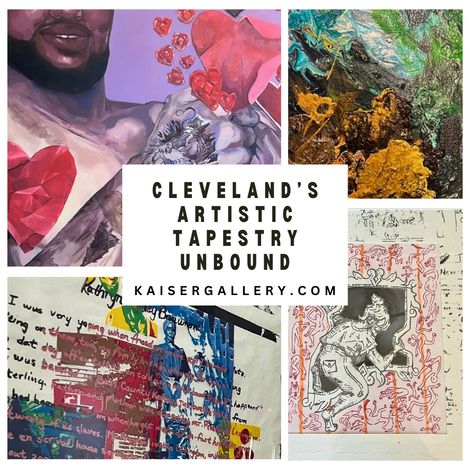
Arts Leadership Exhibition
November 10 - December 2, 2023
Opening reception: November 10, 6 - 9 pm
Kaiser Gallery proudly presents "Cleveland's Artistic Tapestry Unbound: The 2022-2023 Arts Leadership Residency Cohort and Emerging Voices". In this unique exhibit, each artist from the cohort has been given the opportunity to invite an emerging artist to join them in displaying their artwork alongside the cohort. This thoughtful approach seeks to create a ripple effect, amplifying the diverse artistic voices of Cleveland, while uniting the next generation of artists who will contribute to the vibrant tapestry of Cleveland's artistic community.
Featuring the works of Ari Bliss, Daniella Smith, Denise Astorino, Diane Troyer, Falon Trip, Gina Washington, Josie B. Krampitz, Nicole Hatcher, Robin Robinson, and Mary Kay Thomas.
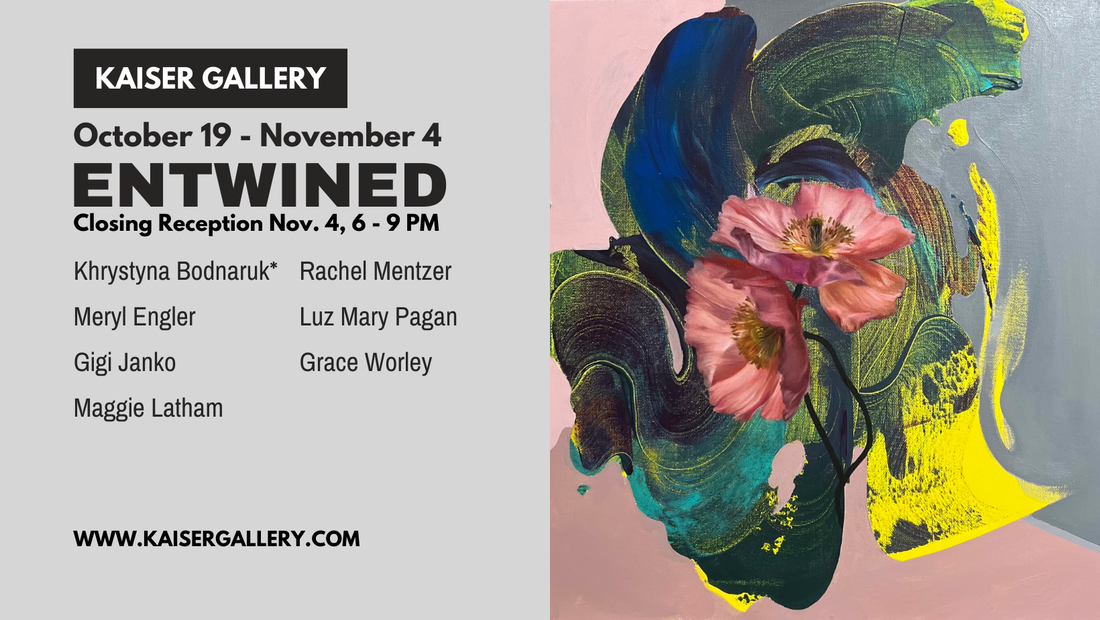
Entwined
October 19 - November 4, 2023
Closing reception: November 4, 6 - 9 pm
Entwined explores the theme of connectivity inspired by the natural world and the way we interact with it. The exhibit will feature several artists whose work is connected by a common thread: their interest in nature and its influence on our lives.
This exhibit aims to challenge viewers to think about how they interact with their environment and how it affects them as individuals and as members of society at large. It's an opportunity for us all to consider ways that we can better understand ourselves through understanding nature; how we can improve our relationships with each other through improving our relationships with the natural world around us; how we can come together as people by coming together in appreciation for all that binds us together despite our differences; and perhaps most importantly, what makes us truly human?
Presenting the works of Khrystyna Bodnaruk, Meryl Engler, Gigi Janko, Maggie Latham, Rachel Mentzer, Luz Mary Pagan, and Grace Worley
October 19 - November 4, 2023
Closing reception: November 4, 6 - 9 pm
Entwined explores the theme of connectivity inspired by the natural world and the way we interact with it. The exhibit will feature several artists whose work is connected by a common thread: their interest in nature and its influence on our lives.
This exhibit aims to challenge viewers to think about how they interact with their environment and how it affects them as individuals and as members of society at large. It's an opportunity for us all to consider ways that we can better understand ourselves through understanding nature; how we can improve our relationships with each other through improving our relationships with the natural world around us; how we can come together as people by coming together in appreciation for all that binds us together despite our differences; and perhaps most importantly, what makes us truly human?
Presenting the works of Khrystyna Bodnaruk, Meryl Engler, Gigi Janko, Maggie Latham, Rachel Mentzer, Luz Mary Pagan, and Grace Worley
GURUSHOTS: Cleveland Photo Exhibition
October 13 - October 15, 2023
Opening reception: October 13, 7 - 10 pm
GuruShots is excited to be back in the USA for the first ever GuruShots exhibition in Cleveland!
Showcasing the diverse talent of photographers spanning 30+ countries, Kaiser Gallery will be hosting the remarkable collection of 80 printed works (and a wealth of digital winners).
GuruShots is a digital platform that gives photographers from around the world an opportunity to submit their work for a variety of thematic photo challenges every day. They seek to motivate, challenge, inspire, and empower photographers to expand their careers and exposure to a broader audience. Winning shots are chosen to be shown in GuruShots Exhibitions, held in major cities all over the world
Opening reception:
Friday 13 October 7pm-10pm
Opening hours:
Saturday 14, 4pm-10pm & Sunday 15 October, 4 - 8 pm
Where:
Kaiser Gallery, 2418 Professor Ave, Cleveland, OH 44113
We invite you to join us for drinks and celebrations during our opening reception on Friday 13 October at 7pm. If you cannot make it physically, we will share photos from the exhibition after the opening night has taken place.
October 13 - October 15, 2023
Opening reception: October 13, 7 - 10 pm
GuruShots is excited to be back in the USA for the first ever GuruShots exhibition in Cleveland!
Showcasing the diverse talent of photographers spanning 30+ countries, Kaiser Gallery will be hosting the remarkable collection of 80 printed works (and a wealth of digital winners).
GuruShots is a digital platform that gives photographers from around the world an opportunity to submit their work for a variety of thematic photo challenges every day. They seek to motivate, challenge, inspire, and empower photographers to expand their careers and exposure to a broader audience. Winning shots are chosen to be shown in GuruShots Exhibitions, held in major cities all over the world
Opening reception:
Friday 13 October 7pm-10pm
Opening hours:
Saturday 14, 4pm-10pm & Sunday 15 October, 4 - 8 pm
Where:
Kaiser Gallery, 2418 Professor Ave, Cleveland, OH 44113
We invite you to join us for drinks and celebrations during our opening reception on Friday 13 October at 7pm. If you cannot make it physically, we will share photos from the exhibition after the opening night has taken place.
Nowstalgia
August 11 - October 7, 2023
Opening reception: August 11, 6 - 9 pm
Kaiser Gallery presents Nowstalgia, an exhibition where artists help us escape the uncertainties of everyday life, drawing inspiration from past decades and infusing them with a futuristic style that feels unique today. Their art captures the chaos of Internet culture, reminds us of a simpler time, and inspires us to move forward.
What is Nowstalgia? It is everything and anything—combining retro-indulgent fantasy with today's instant consumerism lifestyle. Driven by our need for connectivity and escapism, the nowstalgia trend permits us to re-imagine the past, creating a collage of nostalgic references.
Featuring the works of Ewuresi Archer, Khrystyna Bodnaruk, Donald Halpern, Toby Griffiths, Patsy Coffey Kline, and Cale Ours
August 11 - October 7, 2023
Opening reception: August 11, 6 - 9 pm
Kaiser Gallery presents Nowstalgia, an exhibition where artists help us escape the uncertainties of everyday life, drawing inspiration from past decades and infusing them with a futuristic style that feels unique today. Their art captures the chaos of Internet culture, reminds us of a simpler time, and inspires us to move forward.
What is Nowstalgia? It is everything and anything—combining retro-indulgent fantasy with today's instant consumerism lifestyle. Driven by our need for connectivity and escapism, the nowstalgia trend permits us to re-imagine the past, creating a collage of nostalgic references.
Featuring the works of Ewuresi Archer, Khrystyna Bodnaruk, Donald Halpern, Toby Griffiths, Patsy Coffey Kline, and Cale Ours
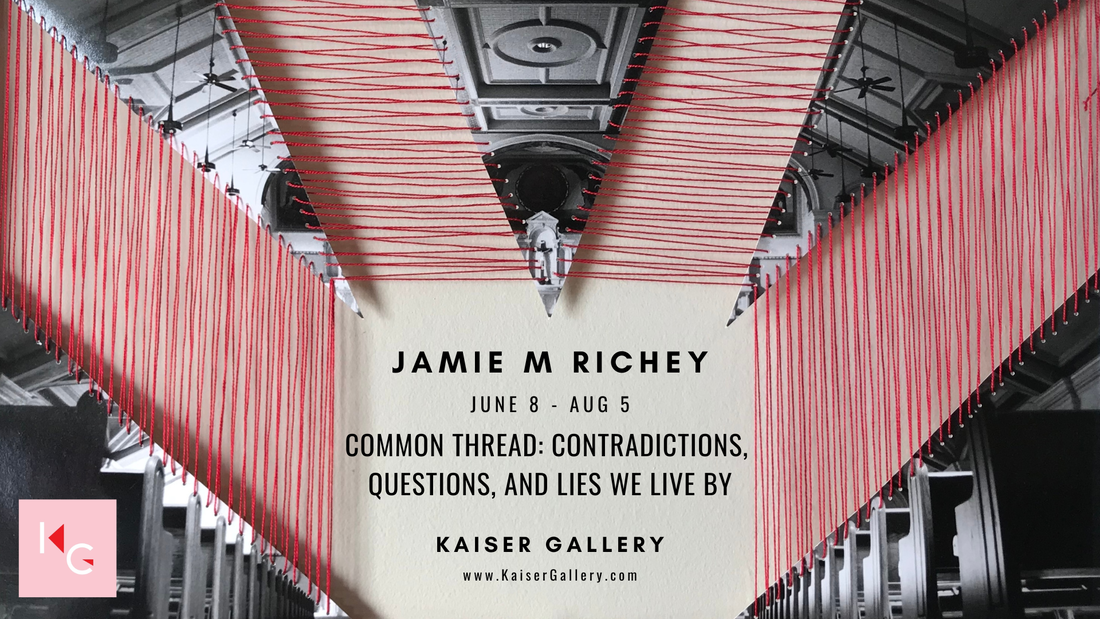
Common Thread: Contradictions, Questions, and Lies We Live By
June 8 - August 5, 2023
Opening reception: June 9, 6 - 9 pm
Artist Demonstration: July 14, 6 - 9 pm
Jamie M. Richey's captivating solo exhibit titled "Common Thread: Contradictions, Questions, and Lies We Live By" delves into conceptual ideas, contradictions, and double standards through a collection of mixed media artworks. Combining Richey's photography with various materials such as thread, paint, and incorporating collage and text, this series offers a thought-provoking exploration. Richey's creative process involves adding a touch of rawness to her photographs, whether it be through tearing, cutting, or even incorporating soot into the works. The themes within the series are multi-layered, presenting contrasting ideas that often share a common thread, both personally for the artist and in conceptual notions that resonate with the viewer's daily struggles or stimulate existential contemplation.
Jamie M. Richey is Kaiser Gallery's Solo Show Selection recipient of 2023!
June 8 - August 5, 2023
Opening reception: June 9, 6 - 9 pm
Artist Demonstration: July 14, 6 - 9 pm
Jamie M. Richey's captivating solo exhibit titled "Common Thread: Contradictions, Questions, and Lies We Live By" delves into conceptual ideas, contradictions, and double standards through a collection of mixed media artworks. Combining Richey's photography with various materials such as thread, paint, and incorporating collage and text, this series offers a thought-provoking exploration. Richey's creative process involves adding a touch of rawness to her photographs, whether it be through tearing, cutting, or even incorporating soot into the works. The themes within the series are multi-layered, presenting contrasting ideas that often share a common thread, both personally for the artist and in conceptual notions that resonate with the viewer's daily struggles or stimulate existential contemplation.
Jamie M. Richey is Kaiser Gallery's Solo Show Selection recipient of 2023!

About Jamie M. Richey
Jamie M. Richey is a Cleveland-based fine art photographer, mixed media artist, and curator. Raised in Northeast Ohio, Jamie earned a Bachelor of Arts degree in film and photography from Elon University and returned to Cleveland to pursue freelance film, photography studio work, and commercial publishing. She later accomplished a Master of Arts degree in Art History with a photography concentration at the Savannah College of Art and Design. Upon graduating she pursued a teaching career in museum education in Savannah, GA, and Dothan, AL during which time she also curated art exhibits with an educational focus. In addition, Jamie continued to exhibit her photography while also working as a production assistant on the occasional indie film.
Firmly planted back in Ohio, Jamie remains active in the curatorial community organizing public exhibits and virtually at jamier-photography.com while steadily building her portfolio with on emphasis in mixed-media as well as black and white fine art photography in various genres including street, nature, travel, and abstract.
Jamie M. Richey is a Cleveland-based fine art photographer, mixed media artist, and curator. Raised in Northeast Ohio, Jamie earned a Bachelor of Arts degree in film and photography from Elon University and returned to Cleveland to pursue freelance film, photography studio work, and commercial publishing. She later accomplished a Master of Arts degree in Art History with a photography concentration at the Savannah College of Art and Design. Upon graduating she pursued a teaching career in museum education in Savannah, GA, and Dothan, AL during which time she also curated art exhibits with an educational focus. In addition, Jamie continued to exhibit her photography while also working as a production assistant on the occasional indie film.
Firmly planted back in Ohio, Jamie remains active in the curatorial community organizing public exhibits and virtually at jamier-photography.com while steadily building her portfolio with on emphasis in mixed-media as well as black and white fine art photography in various genres including street, nature, travel, and abstract.
The Animal Kind – An Art Exhibition About Our Relationships With Animals
April 14 - June 4, 2023
Opening reception: April 14, 6 - 9 pm
The Animal Kind, the latest group exhibition at Kaiser Gallery, looks at our human fascination with animals. The exhibition features work by ten contemporary artists from down the street to around the world. The wildly eclectic exhibition displays a wide range of artistic styles, mediums, and subject matter pertaining to animals. A few works that you’ll see include the wearable soft sculpture by Alex Heard, an art book made from African Cheetah fur found in an antique shop by Andrew Mancuso, and the hyperrealistic work of Betz Johnson Richards. Kaiser Gallery will host an opening reception for The Animal Kind on Friday, April 14 from 6-9 p.m. at our location at 2418 Professor Avenue during Walkabout Tremont.
The Animal Kind will be on view at Kaiser Gallery from April 14 to June 4 and features the works of Justin Brennan, Jeff Chiplis, Ross DiPenti, Jessica Glowczewski, Alex Heard, Betz Johnson Richards, Andrew Mancuso, Stéphanie Morissette, Rebecca Tanda, and Kristen Woodward.
April 14 - June 4, 2023
Opening reception: April 14, 6 - 9 pm
The Animal Kind, the latest group exhibition at Kaiser Gallery, looks at our human fascination with animals. The exhibition features work by ten contemporary artists from down the street to around the world. The wildly eclectic exhibition displays a wide range of artistic styles, mediums, and subject matter pertaining to animals. A few works that you’ll see include the wearable soft sculpture by Alex Heard, an art book made from African Cheetah fur found in an antique shop by Andrew Mancuso, and the hyperrealistic work of Betz Johnson Richards. Kaiser Gallery will host an opening reception for The Animal Kind on Friday, April 14 from 6-9 p.m. at our location at 2418 Professor Avenue during Walkabout Tremont.
The Animal Kind will be on view at Kaiser Gallery from April 14 to June 4 and features the works of Justin Brennan, Jeff Chiplis, Ross DiPenti, Jessica Glowczewski, Alex Heard, Betz Johnson Richards, Andrew Mancuso, Stéphanie Morissette, Rebecca Tanda, and Kristen Woodward.
Coveted III: Histories
February 11 - April 9, 2023
Kaiser Gallery presents Coveted III: Histories a powerful exploration of self through an innovative lens. Using new media such as interactive installations, AI technology, photography, video, and performance art, the exhibition delves into themes of gender, race, and culture in a way that is both inspiring and revolutionary. Through this bold exhibit, viewers are challenged to reflect on preconceived notions of identity while also being exposed to fresh perspectives on how members of society can be represented. Coveted III: Histories thus provides an invaluable window into the ways in which individuals may express themselves differently in our rapidly changing world.
Presenting the works of Anna Brody, Glenda Drew, Cameron Gorman, Seth LeDonne, Gina Washington, Alexa Wehrman, and Jun Zhang
Art performance by Alexa Wehrman on March 10, 2023.
February 11 - April 9, 2023
Kaiser Gallery presents Coveted III: Histories a powerful exploration of self through an innovative lens. Using new media such as interactive installations, AI technology, photography, video, and performance art, the exhibition delves into themes of gender, race, and culture in a way that is both inspiring and revolutionary. Through this bold exhibit, viewers are challenged to reflect on preconceived notions of identity while also being exposed to fresh perspectives on how members of society can be represented. Coveted III: Histories thus provides an invaluable window into the ways in which individuals may express themselves differently in our rapidly changing world.
Presenting the works of Anna Brody, Glenda Drew, Cameron Gorman, Seth LeDonne, Gina Washington, Alexa Wehrman, and Jun Zhang
Art performance by Alexa Wehrman on March 10, 2023.
LATERAL PERSPECTIVE
A solo exhibition by Ethan Samaha
DECEMBER 9 - February 5
Kaiser Gallery presents 'Lateral perspective' a solo exhibition by Ethan Samaha. 'Lateral perspective' explores perception and perspective using wall based neon designs. The works question what’s in-front, behind, top, and bottom. Changing the viewer’s perspective as they traverse the space. Exploring the relations of color and form, these designs will range from monochrome to saturated, and will display subtle color shifts.
Check out the feature about this exhibit by Shawn Mishak in Cleveland Scene.
About Ethan Samaha
ETHAN SAMAHA is a visual artist working within light and space. Utilizing neon and sculpture to get an understanding of time, space, and perceptions in installations. He received a BFA in Sculpture and Dimensional Studies with minors in Performance Design & Technology and Dance from the New York State College of Ceramics at Alfred University in 2021.
Recent exhibitions/publications include The Hum and The Buzz, Neolite Gallery, St. Peters, Australia; 8th Annual Glass National Juried Exhibition, Workhouse Arts Center, Lorton, VA; Limitless, Florence Contemporary Gallery, Florence, Italy; New Glass Review, Issue 41, The Corning Museum of Glass, Corning, NY
A solo exhibition by Ethan Samaha
DECEMBER 9 - February 5
Kaiser Gallery presents 'Lateral perspective' a solo exhibition by Ethan Samaha. 'Lateral perspective' explores perception and perspective using wall based neon designs. The works question what’s in-front, behind, top, and bottom. Changing the viewer’s perspective as they traverse the space. Exploring the relations of color and form, these designs will range from monochrome to saturated, and will display subtle color shifts.
Check out the feature about this exhibit by Shawn Mishak in Cleveland Scene.
About Ethan Samaha
ETHAN SAMAHA is a visual artist working within light and space. Utilizing neon and sculpture to get an understanding of time, space, and perceptions in installations. He received a BFA in Sculpture and Dimensional Studies with minors in Performance Design & Technology and Dance from the New York State College of Ceramics at Alfred University in 2021.
Recent exhibitions/publications include The Hum and The Buzz, Neolite Gallery, St. Peters, Australia; 8th Annual Glass National Juried Exhibition, Workhouse Arts Center, Lorton, VA; Limitless, Florence Contemporary Gallery, Florence, Italy; New Glass Review, Issue 41, The Corning Museum of Glass, Corning, NY
2022
SERVICE INDUSTRY STITCH PROJECT
today’s special: misogyny with a slice of sexism
Morgan Bukovec
November 11 - December 4
"SERVICE INDUSTRY STITCH PROJECT, today’s special: misogyny with a slice of sexism" invites viewers on a raw and emotional journey when exploring Morgan Bukovec's special installation project, a result of her decade-long work in the service industry. Kaiser Gallery will host an opening reception of Morgan’s new exhibition on Friday, November 11 from 6-9 p.m. at our location at 2418 Professor Avenue.
This series breathes with intention. Morgan works with found objects across mediums including collage, textiles, and installation, focusing on the themes of identity, storytelling, and fleeting moments and objects across time. The guest checkbooks featured in the installation, made their way into Morgan’s life when she unconsciously brought them home, accumulating them over the years of serving and bartending. Morgan stitches the words said to her by men that cannot be erased or undone. The sharp point of the sewing needle is a metaphor for the pain of microaggressions that slowly and unconsciously reveals themselves and worsen through repeated infliction. Her needle, sewing thread, and guest checkbooks act as tools of meditative resistance while referencing the historically rooted practice of cross-stitching and needlework as “women’s work.”
The SERVICE INDUSTRY STITCH PROJECT has grown into one-hundred works over the past 2 years that individually and collectively question the patriarchal dominated society we live in. This series acts as a living force of personal release, healing, and ownership of Morgan’s female form.
today’s special: misogyny with a slice of sexism
Morgan Bukovec
November 11 - December 4
"SERVICE INDUSTRY STITCH PROJECT, today’s special: misogyny with a slice of sexism" invites viewers on a raw and emotional journey when exploring Morgan Bukovec's special installation project, a result of her decade-long work in the service industry. Kaiser Gallery will host an opening reception of Morgan’s new exhibition on Friday, November 11 from 6-9 p.m. at our location at 2418 Professor Avenue.
This series breathes with intention. Morgan works with found objects across mediums including collage, textiles, and installation, focusing on the themes of identity, storytelling, and fleeting moments and objects across time. The guest checkbooks featured in the installation, made their way into Morgan’s life when she unconsciously brought them home, accumulating them over the years of serving and bartending. Morgan stitches the words said to her by men that cannot be erased or undone. The sharp point of the sewing needle is a metaphor for the pain of microaggressions that slowly and unconsciously reveals themselves and worsen through repeated infliction. Her needle, sewing thread, and guest checkbooks act as tools of meditative resistance while referencing the historically rooted practice of cross-stitching and needlework as “women’s work.”
The SERVICE INDUSTRY STITCH PROJECT has grown into one-hundred works over the past 2 years that individually and collectively question the patriarchal dominated society we live in. This series acts as a living force of personal release, healing, and ownership of Morgan’s female form.
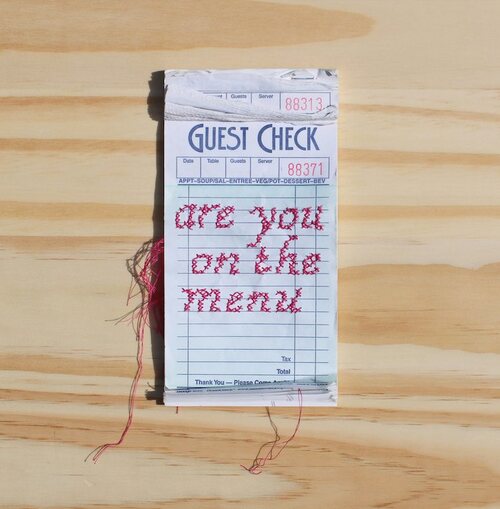
ARTIST BIO:
Morgan Bukovec (b. 1996) is a mixed media artist, educator, and collector of things from Cleveland, Ohio. In 2018, she was awarded bachelors degrees in both Fine Arts and Arts Education from the University of Dayton and since has worked with several community art spaces in Cleveland including moCa Cleveland, Spaces, Community Arts Center, Kaiser Gallery and Headspace Gallery, providing art engagement and workshops. Bukovec is interested in how art builds empathy through storytelling, which inspires her interdisciplinary art practice. Bukovec works with found objects across mediums including collage, textiles, and installation, focusing on the themes of identity, storytelling, and fleeting moments and objects across time. Recent invitational exhibitions include; solo exhibition, SERVICE INDUSTRY STITCH PROJECT, today’s special: misogyny with a slice of sexism at Kaiser Gallery in Cleveland, Ohio, two-person exhibition, Taking Up Space at Malone Art Gallery in Canton, Ohio, and Women’s Work: New Takes On Textile Art at Reeves House in Woodstock, Georgia.
Bukovec was recently awarded a gift grant by the Kanyer Art Collection to complete her 100 work series: SERVICE INDUSTRY STITCH PROJECT (@serviceindustrystitchproject). This series is the result of the past decade of her work in the service industry, aiming to highlight the power of words and personal reclamation. She recently moved back to Ohio from Prague, Czech Republic where she spent time teaching, exploring, and making art. She plans to further expand her creative endeavors, while planning for her next travel adventure.
Morgan Bukovec (b. 1996) is a mixed media artist, educator, and collector of things from Cleveland, Ohio. In 2018, she was awarded bachelors degrees in both Fine Arts and Arts Education from the University of Dayton and since has worked with several community art spaces in Cleveland including moCa Cleveland, Spaces, Community Arts Center, Kaiser Gallery and Headspace Gallery, providing art engagement and workshops. Bukovec is interested in how art builds empathy through storytelling, which inspires her interdisciplinary art practice. Bukovec works with found objects across mediums including collage, textiles, and installation, focusing on the themes of identity, storytelling, and fleeting moments and objects across time. Recent invitational exhibitions include; solo exhibition, SERVICE INDUSTRY STITCH PROJECT, today’s special: misogyny with a slice of sexism at Kaiser Gallery in Cleveland, Ohio, two-person exhibition, Taking Up Space at Malone Art Gallery in Canton, Ohio, and Women’s Work: New Takes On Textile Art at Reeves House in Woodstock, Georgia.
Bukovec was recently awarded a gift grant by the Kanyer Art Collection to complete her 100 work series: SERVICE INDUSTRY STITCH PROJECT (@serviceindustrystitchproject). This series is the result of the past decade of her work in the service industry, aiming to highlight the power of words and personal reclamation. She recently moved back to Ohio from Prague, Czech Republic where she spent time teaching, exploring, and making art. She plans to further expand her creative endeavors, while planning for her next travel adventure.
LEIGH BROOKLYN: ALL OF ME
A solo exhibit by Leigh Brooklyn
October 7 - November 6
A solo exhibit by Leigh Brooklyn
October 7 - November 6
ARTIST STATEMENT
Specializing in figurative painting and drawing, my practice originates from an intense drive to create compelling images and stories meant to inspire and give hope. I have studied realism my entire life, dedicating my education to learning how to recreate what I observe with accurate detail.
My earlier work was created with the intention to give a voice to the voiceless, creating compelling portraits and figurative-based narrative paintings and drawings to provide representation for underrepresented communities and people. My education as a medical Illustrator has informed much of my practice with a concern for details and observation, but my work evolved to focus on stories and people. My passion for activism led me to paint stories imbued with causes like women’s rights, LGBTQ equality and acceptance, anti-racism, homelessness, gun reform, disability awareness, and many other subjects.
Although my current body of work still focuses on stories and people, I have now narrowed my focus toward women. Inspired largely by personal experiences and partly by the military presence in my family, my new body of work is focused on building an army of women warriors, armed and ready to defend the good in the world. One soldier at a time, I am creating a female militia to unite, overcome, uplift and fight for ourselves and each other. This army of diverse women are survivors who will overcome all battles, together and alone.
I want to contribute to this world while I am here, and my art is the way that I can do that. Guided by the tumultuous times in our culture, as well as my own personal battles, my work must uplift and motivate awareness and change. Through my work, I want to capture the issues that are important to our collective community, and inspire others with my symbolic soldiers.
LEIGH BROOKLYN BIOGRAPHY
Leigh Brooklyn, was born in 1987 outside of Cleveland, Ohio. In 2006 Brooklyn enrolled into the Columbus College of Art and Design. Later she transferred to The Cleveland Institute of Art after being inspired by the work of forensic artists who helped in a missing-person’s case. She earned her degree in Biomedical Illustration in 2011. Brooklyn worked with several hospitals, museums, and research facilities including the Cleveland Clinic, University Hospitals, The Cleveland Botanical Gardens, The Cleveland Museum of Natural History, Case Western Reserve University, and Novelmed Therapeutics.
After 2011 Brooklyn moved throughout the country gaining artistic inspiration from various individuals she met through her pursuit of street photography. After hearing all the incredible stories of those she encountered and drawing from her own personal experiences Brooklyn decided to switch her work’s focus back to her roots of figurative drawing and oil painting, eventually narrowing her focus on women empowerment after facing a personal upheaval.
In 2019 Brooklyn understudied a nationally acclaimed figurative sculptor where she learned techniques for creating large scale sculptures out of oil-based clay to be cast in bronze. That same year Brooklyn began learning various welding and fabrication techniques eventually earning a lifetime certification for 3G MIG welding in 2021.
Brooklyn has won a variety of awards for her art since 2004. She recently was a semi-finalist for Figurtivas at the MEAM in Barcelona, Spain and was a top artist and winner in the Boynes International Emerging Artist Awards in Melbourne, Australia. Her work has been displayed in galleries and museums all over the country including the Medici Museum of Art, the Makeshift Museum, the U.S. Capitol Building and Corcoran Museum, the Diane von Furstenberg Studios, along with many national galleries and international art fairs. She currently resides in her hometown of Cleveland and is represented by D. Colabella Fine Art Gallery, Art Unified, and District Gallery. She plans to further expand her artistic and humanitarian endeavors in the local, national, and international community.
Specializing in figurative painting and drawing, my practice originates from an intense drive to create compelling images and stories meant to inspire and give hope. I have studied realism my entire life, dedicating my education to learning how to recreate what I observe with accurate detail.
My earlier work was created with the intention to give a voice to the voiceless, creating compelling portraits and figurative-based narrative paintings and drawings to provide representation for underrepresented communities and people. My education as a medical Illustrator has informed much of my practice with a concern for details and observation, but my work evolved to focus on stories and people. My passion for activism led me to paint stories imbued with causes like women’s rights, LGBTQ equality and acceptance, anti-racism, homelessness, gun reform, disability awareness, and many other subjects.
Although my current body of work still focuses on stories and people, I have now narrowed my focus toward women. Inspired largely by personal experiences and partly by the military presence in my family, my new body of work is focused on building an army of women warriors, armed and ready to defend the good in the world. One soldier at a time, I am creating a female militia to unite, overcome, uplift and fight for ourselves and each other. This army of diverse women are survivors who will overcome all battles, together and alone.
I want to contribute to this world while I am here, and my art is the way that I can do that. Guided by the tumultuous times in our culture, as well as my own personal battles, my work must uplift and motivate awareness and change. Through my work, I want to capture the issues that are important to our collective community, and inspire others with my symbolic soldiers.
LEIGH BROOKLYN BIOGRAPHY
Leigh Brooklyn, was born in 1987 outside of Cleveland, Ohio. In 2006 Brooklyn enrolled into the Columbus College of Art and Design. Later she transferred to The Cleveland Institute of Art after being inspired by the work of forensic artists who helped in a missing-person’s case. She earned her degree in Biomedical Illustration in 2011. Brooklyn worked with several hospitals, museums, and research facilities including the Cleveland Clinic, University Hospitals, The Cleveland Botanical Gardens, The Cleveland Museum of Natural History, Case Western Reserve University, and Novelmed Therapeutics.
After 2011 Brooklyn moved throughout the country gaining artistic inspiration from various individuals she met through her pursuit of street photography. After hearing all the incredible stories of those she encountered and drawing from her own personal experiences Brooklyn decided to switch her work’s focus back to her roots of figurative drawing and oil painting, eventually narrowing her focus on women empowerment after facing a personal upheaval.
In 2019 Brooklyn understudied a nationally acclaimed figurative sculptor where she learned techniques for creating large scale sculptures out of oil-based clay to be cast in bronze. That same year Brooklyn began learning various welding and fabrication techniques eventually earning a lifetime certification for 3G MIG welding in 2021.
Brooklyn has won a variety of awards for her art since 2004. She recently was a semi-finalist for Figurtivas at the MEAM in Barcelona, Spain and was a top artist and winner in the Boynes International Emerging Artist Awards in Melbourne, Australia. Her work has been displayed in galleries and museums all over the country including the Medici Museum of Art, the Makeshift Museum, the U.S. Capitol Building and Corcoran Museum, the Diane von Furstenberg Studios, along with many national galleries and international art fairs. She currently resides in her hometown of Cleveland and is represented by D. Colabella Fine Art Gallery, Art Unified, and District Gallery. She plans to further expand her artistic and humanitarian endeavors in the local, national, and international community.
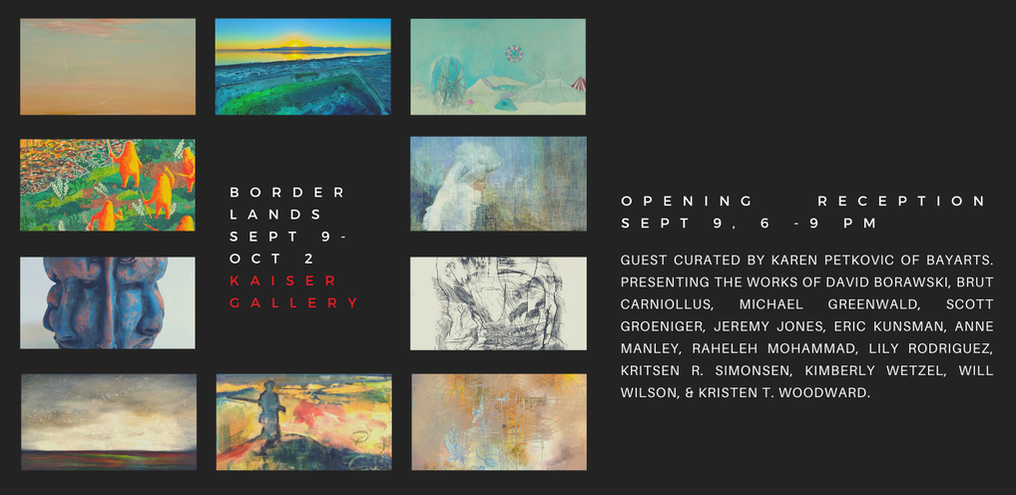
Borderlands
September 9 - October 2, 2022
OPENING RECEPTION: Friday, Sept 9, 6 PM - 9PM
Guest curator Karen Petkovic of BAYarts
Borderlands is an exhibition exploring themes of the vast unknown, asking artists to navigate the fine line between frontier and wasteland – both deal with the extremes of that which is barren and undeveloped-are these places either physically or theoretically empty or are they hopeful – on the brink of something – perhaps understanding.
Presenting the works of David Borawski, Brut Carniollus, Michael Greenwald, Scott Groeniger, Jeremy Jones, Eric Kunsman, Anne Manley, Raheleh Mohammad, Lily Rodriguez, Kritsen R. Simonsen, Kimberly Wetzel, Will Wilson, & Kristen T. Woodward.
September 9 - October 2, 2022
OPENING RECEPTION: Friday, Sept 9, 6 PM - 9PM
Guest curator Karen Petkovic of BAYarts
Borderlands is an exhibition exploring themes of the vast unknown, asking artists to navigate the fine line between frontier and wasteland – both deal with the extremes of that which is barren and undeveloped-are these places either physically or theoretically empty or are they hopeful – on the brink of something – perhaps understanding.
Presenting the works of David Borawski, Brut Carniollus, Michael Greenwald, Scott Groeniger, Jeremy Jones, Eric Kunsman, Anne Manley, Raheleh Mohammad, Lily Rodriguez, Kritsen R. Simonsen, Kimberly Wetzel, Will Wilson, & Kristen T. Woodward.
Journey to Harvest
August 12 - September 4, 2022
OPENING RECEPTION: FRIDAY, AUG 12, 6 PM - 9PM
Kaiser Gallery presents Journey to Harvest a special solo exhibition by Kubra Al Hilali in partnership with Building Hope in The City, on view at Kaiser Gallery from August 12 - September 4. Kubra Al Hilali is an Iraqi immigrant and artist based in Cleveland and uses the medium of painting to express messages of hope and justice that speak to our collective human longings. Building Hope in the City selected Kubra as their artist-in-residence for the Creative Fusion program because of her work through their Hope Center for Immigrants & Refugees. They were drawn to Kubra's desire to create beautiful, Iraqi-inspired art while also elevating the civic and creative voice of youth in the Clark-Fulton neighborhood.
Artist Statement:
My journey is through circles and lines, like birds and fish; sometimes flying between endless spaces and sometimes diving through the depths of seas and oceans. I roam in the midsts of its lands, and around its people. I go round and round… ad my harvest is in your hands; in colors and pictures…
August 12 - September 4, 2022
OPENING RECEPTION: FRIDAY, AUG 12, 6 PM - 9PM
Kaiser Gallery presents Journey to Harvest a special solo exhibition by Kubra Al Hilali in partnership with Building Hope in The City, on view at Kaiser Gallery from August 12 - September 4. Kubra Al Hilali is an Iraqi immigrant and artist based in Cleveland and uses the medium of painting to express messages of hope and justice that speak to our collective human longings. Building Hope in the City selected Kubra as their artist-in-residence for the Creative Fusion program because of her work through their Hope Center for Immigrants & Refugees. They were drawn to Kubra's desire to create beautiful, Iraqi-inspired art while also elevating the civic and creative voice of youth in the Clark-Fulton neighborhood.
Artist Statement:
My journey is through circles and lines, like birds and fish; sometimes flying between endless spaces and sometimes diving through the depths of seas and oceans. I roam in the midsts of its lands, and around its people. I go round and round… ad my harvest is in your hands; in colors and pictures…
SOLO SHOW SELECTION 2022
Handful of Dream-Dust
June 10 - August 7, 2022
Kaiser Gallery presents Handful of Dream-Dust a solo exhibit by Cleveland artist Jonah Jacobs, on view at Kaiser Gallery from June 10 to August 7.
A local treasure within Cleveland’s art scene, Jonah Jacobs, explores themes of beauty, complexity, and eco-consciousness to create works that are simultaneously thought-provoking and visually stunning. Born in Denmark, and a graduate of Antioch College, he is also an Army veteran who served in S. Korea and in the 82nd Airborne Division, gaining invaluable experience and insight into different perspectives and ways of thinking.
Jacobs’ large-scale pieces combine thousands of individual geometric shapes to create mesmerizing forms that reference fractal patterns, bio colonies, and other complex systems. Jacobs merges creativity with science in an innovative way, to create artworks that explore ideas about order, chaos, growth, decay, and life cycles - the pervasive yet elusive forces that shape our world. Jacobs also treats every exhibition as an opportunity to teach and inspire others how to create artwork that is more environmentally friendly by utilizing unexpected materials for his large-scale art installations, such as cardboard, egg cartons, yarn, quinoa, oatmeal, dryer sheets, and other textiles to name a few.
Handful of Dream-Dust
June 10 - August 7, 2022
Kaiser Gallery presents Handful of Dream-Dust a solo exhibit by Cleveland artist Jonah Jacobs, on view at Kaiser Gallery from June 10 to August 7.
A local treasure within Cleveland’s art scene, Jonah Jacobs, explores themes of beauty, complexity, and eco-consciousness to create works that are simultaneously thought-provoking and visually stunning. Born in Denmark, and a graduate of Antioch College, he is also an Army veteran who served in S. Korea and in the 82nd Airborne Division, gaining invaluable experience and insight into different perspectives and ways of thinking.
Jacobs’ large-scale pieces combine thousands of individual geometric shapes to create mesmerizing forms that reference fractal patterns, bio colonies, and other complex systems. Jacobs merges creativity with science in an innovative way, to create artworks that explore ideas about order, chaos, growth, decay, and life cycles - the pervasive yet elusive forces that shape our world. Jacobs also treats every exhibition as an opportunity to teach and inspire others how to create artwork that is more environmentally friendly by utilizing unexpected materials for his large-scale art installations, such as cardboard, egg cartons, yarn, quinoa, oatmeal, dryer sheets, and other textiles to name a few.
Silent Fields
April 8 - June 5, 2022
Kaiser Gallery's Silent Fields is a thought-provoking exhibition that will make you stop and think about the consequences of human activity on bees. Pollinators are necessary for the world's food security, yet humans are directly harming these delicate insects. Silent Fields is an exhibition that raises awareness of the importance of pollinators and the need to protect them. Silent Fields exhibition raises awareness for how important it is to protect pollinators and showcases them in a new light.
Presenting the works of Melissa Harvey, Maggie Latham, Kimit Menapace, Georgio Sabino III, and David Straange.
Additional information
The honey bee is possibly the most known pollinating species. Native species of bees and different bugs are fundamental to our food supply. Without these species, 70% of flora would be unable to reproduce or furnish food. Affected crops include many of our fruits, vegetables, and nuts that we are dependent on for our meals. According to the United Nations Environment Programme, of the 100 crops that grant 90% of the world’s food, 71 are pollinated by bees.
Currently, pollinators are declining at alarming rates. The number of honey bee colonies managed in the U.S. dropped from approximately 6 million in 1947 to less than 2.5 million today.
For more information about the pollination crisis, please visit https://www.centerforfoodsafety.org/issues/304/pollinators-and-pesticides/impacts-on-the-food-supply
Presenting the works of Melissa Harvey, Maggie Latham, Kimit Menapace, Georgio Sabino III, and David Straange.
Additional information
The honey bee is possibly the most known pollinating species. Native species of bees and different bugs are fundamental to our food supply. Without these species, 70% of flora would be unable to reproduce or furnish food. Affected crops include many of our fruits, vegetables, and nuts that we are dependent on for our meals. According to the United Nations Environment Programme, of the 100 crops that grant 90% of the world’s food, 71 are pollinated by bees.
Currently, pollinators are declining at alarming rates. The number of honey bee colonies managed in the U.S. dropped from approximately 6 million in 1947 to less than 2.5 million today.
For more information about the pollination crisis, please visit https://www.centerforfoodsafety.org/issues/304/pollinators-and-pesticides/impacts-on-the-food-supply
Coveted II
February 11 - April 3, 2022
Kaiser Gallery’s annual exhibition Coveted seeks to represent the perspectives of those that are not easily accessible in mainstream culture, while representations of the male gaze can be found in abundance. This year's theme highlights the experiences of the 'othered' within spirituality, religion, and the occult. The spiritual journey can be difficult when looking for acceptance from oneself or from communities.
There is a long history of exclusion of women and persons who identified as LGBTQ+ from religious institutions. However, with the rise of feminism, there is a movement to open these religious institutions to include women and those who are a part of the LGBTQ+ community in all aspects of spiritual practice. This includes things like leading prayer services or being able to become priests, and incorporating feminine energy into religious ceremonies and rituals.
However, religion inclusion is still not universal at this time within all religious institutions, and many find themselves looking in from the outside in the role of the other. These persons can develop a tenuous relationship with religion, as they are forced to participate, knowing they are not entirely accepted.
The resurgence of the occult in modern-day times places women in positions of power within the coven structure and allows women to be healers and leaders. The occult rejects the universal 'he' and offers women and nonbinary people a feminist-friendly alternative in their search for spirituality.
The occult draws on practices that date back to the dawn of time and has been practiced by women for generations. For centuries, it was forbidden for women to hold any agency as healers or religious leaders. As a result, they were burned at the stake and declared witches. But as history tells us, those days are long gone, and now we have feminist witch covens dedicated to inclusion.
Spirituality is a personal journey for acceptance of oneself. Finding a spiritual path or community to support that can be trying. In the feminist movement, there is a place for everyone regardless of their path. Opening doors within religion that previously seemed inaccessible.
Presenting the artworks of Courtney Alnutt, Tanya Kaiser, Natalie Lambert, Vic Liu, Jess Niemeyer, & Héloïse Roueau.
February 11 - April 3, 2022
Kaiser Gallery’s annual exhibition Coveted seeks to represent the perspectives of those that are not easily accessible in mainstream culture, while representations of the male gaze can be found in abundance. This year's theme highlights the experiences of the 'othered' within spirituality, religion, and the occult. The spiritual journey can be difficult when looking for acceptance from oneself or from communities.
There is a long history of exclusion of women and persons who identified as LGBTQ+ from religious institutions. However, with the rise of feminism, there is a movement to open these religious institutions to include women and those who are a part of the LGBTQ+ community in all aspects of spiritual practice. This includes things like leading prayer services or being able to become priests, and incorporating feminine energy into religious ceremonies and rituals.
However, religion inclusion is still not universal at this time within all religious institutions, and many find themselves looking in from the outside in the role of the other. These persons can develop a tenuous relationship with religion, as they are forced to participate, knowing they are not entirely accepted.
The resurgence of the occult in modern-day times places women in positions of power within the coven structure and allows women to be healers and leaders. The occult rejects the universal 'he' and offers women and nonbinary people a feminist-friendly alternative in their search for spirituality.
The occult draws on practices that date back to the dawn of time and has been practiced by women for generations. For centuries, it was forbidden for women to hold any agency as healers or religious leaders. As a result, they were burned at the stake and declared witches. But as history tells us, those days are long gone, and now we have feminist witch covens dedicated to inclusion.
Spirituality is a personal journey for acceptance of oneself. Finding a spiritual path or community to support that can be trying. In the feminist movement, there is a place for everyone regardless of their path. Opening doors within religion that previously seemed inaccessible.
Presenting the artworks of Courtney Alnutt, Tanya Kaiser, Natalie Lambert, Vic Liu, Jess Niemeyer, & Héloïse Roueau.
2021
Future Resonance
December 3, 2021 - February 6, 2022
Opening Reception: Saturday, December 4, 6:30 pm - 8:00 pm
This year's Future Resonance exhibition seeks to explore technology as an aspect of human expression - how technology can push our thoughts into new horizons while creating avenues for artistic visionaries to express themselves.
The annual art and technology exhibition returns to Kaiser Gallery. This year Future Resonance presents yet another amazing batch of artists and creators who explore the field of sound and light as a universal media. The exhibition is an invitation to explore the ways in which technology and artistic practices converge. See the synchronicity of these artists as they change the way we see the world.
It is not a coincidence that art and technology have been declared as the theme for our annual exhibition. Technology has become a significant part of our lives – it permeates all aspects of it, from entertainment to medicine. With technology quickly evolving into an essential aspect of our lives, technology is no longer considered a novelty or a luxury. Instead, it's becoming a necessity for the human race. Technology has also increased our appetite for artistry because technology feeds the imagination with its expansive capabilities and unlimited horizons - resulting in ever more ambitious creations that give us elevated perspectives on human achievement.
With technology being a necessary part of life, it has also become a source for artistic inspiration. Technology seeps through the boundaries between science and art. It is no longer something seen as separate from or even opposed to art – technology has become one of the most influential forces behind modern art because tech does not simply illustrate an idea, technology makes it happen.
The human interaction with technology is a major aspect of modern art - because technology has become a part of who we are as a people. It is a cultural force that constantly evolves and will continue to do so until there is no distinction between technology and life. Some believe this shift towards technology couldn't have happened without the emergence of digital technology - that technological jump from analog to digital brought about changes in how things were created and experienced, such as sound and light.
Sound & Light: Now more than ever we can understand music and other forms of sound by seeing them – the visual representation of the elements creates a new lens through which we can experience these phenomena.
Presenting the works of Mike Bruckman, Jeremy Davis, Jeremy Newman, Thea Reid, Ethan Samaha, Dustin Steuck, and Anna Thorne.
This year's Future Resonance exhibition seeks to explore technology as an aspect of human expression - how technology can push our thoughts into new horizons while creating avenues for artistic visionaries to express themselves.
The annual art and technology exhibition returns to Kaiser Gallery. This year Future Resonance presents yet another amazing batch of artists and creators who explore the field of sound and light as a universal media. The exhibition is an invitation to explore the ways in which technology and artistic practices converge. See the synchronicity of these artists as they change the way we see the world.
It is not a coincidence that art and technology have been declared as the theme for our annual exhibition. Technology has become a significant part of our lives – it permeates all aspects of it, from entertainment to medicine. With technology quickly evolving into an essential aspect of our lives, technology is no longer considered a novelty or a luxury. Instead, it's becoming a necessity for the human race. Technology has also increased our appetite for artistry because technology feeds the imagination with its expansive capabilities and unlimited horizons - resulting in ever more ambitious creations that give us elevated perspectives on human achievement.
With technology being a necessary part of life, it has also become a source for artistic inspiration. Technology seeps through the boundaries between science and art. It is no longer something seen as separate from or even opposed to art – technology has become one of the most influential forces behind modern art because tech does not simply illustrate an idea, technology makes it happen.
The human interaction with technology is a major aspect of modern art - because technology has become a part of who we are as a people. It is a cultural force that constantly evolves and will continue to do so until there is no distinction between technology and life. Some believe this shift towards technology couldn't have happened without the emergence of digital technology - that technological jump from analog to digital brought about changes in how things were created and experienced, such as sound and light.
Sound & Light: Now more than ever we can understand music and other forms of sound by seeing them – the visual representation of the elements creates a new lens through which we can experience these phenomena.
Presenting the works of Mike Bruckman, Jeremy Davis, Jeremy Newman, Thea Reid, Ethan Samaha, Dustin Steuck, and Anna Thorne.
Cut From the Same Cloth
October 16 - November 28, 2021
IN PARTNERSHIP WITH THE CLEVELAND INSTITUTE OF ART: CREATIVITY WORKS
ARTIST TALK SUNDAY, NOVEMBER 21 AT 6 PM
Kaiser Gallery presents 'Cut From The Same Cloth' on view October 16 through November 28. This exhibit features the mixed media works of Cleveland Institute of Art students Ewuresi Archer and Crystal Miller. The vibrant artworks in this series draw directly from the artists' African American and African cultures, offering a dialect and a conversation between the two experiences.
"We come from two different backgrounds and are of the same race. There are a lot of differences and similarities between us as humans but also between our cultures. As a result, the work depicts our hopefulness and pride in our cultures. Rooted in cultural experiences, the hair salon, music, and home life, these experiences bring us together. While this may not be the lifestyle for every black person, we hope, in some way, a connection can be made.
The paintings depict physical spaces that we have been in and or are a place we call home. The textures, patterns, and gem-like motifs represent the continuous black lifestyle. The color combination is used to represent black skin but also celebrate black lives and transform these spaces and demonstrate an experience.
Overall the series invites the viewer to reflect on these spaces, and look into our lives, and appreciate our culture for what it is."
IN PARTNERSHIP WITH THE CLEVELAND INSTITUTE OF ART: CREATIVITY WORKS
ARTIST TALK SUNDAY, NOVEMBER 21 AT 6 PM
Kaiser Gallery presents 'Cut From The Same Cloth' on view October 16 through November 28. This exhibit features the mixed media works of Cleveland Institute of Art students Ewuresi Archer and Crystal Miller. The vibrant artworks in this series draw directly from the artists' African American and African cultures, offering a dialect and a conversation between the two experiences.
"We come from two different backgrounds and are of the same race. There are a lot of differences and similarities between us as humans but also between our cultures. As a result, the work depicts our hopefulness and pride in our cultures. Rooted in cultural experiences, the hair salon, music, and home life, these experiences bring us together. While this may not be the lifestyle for every black person, we hope, in some way, a connection can be made.
The paintings depict physical spaces that we have been in and or are a place we call home. The textures, patterns, and gem-like motifs represent the continuous black lifestyle. The color combination is used to represent black skin but also celebrate black lives and transform these spaces and demonstrate an experience.
Overall the series invites the viewer to reflect on these spaces, and look into our lives, and appreciate our culture for what it is."
Ewuresi Archer
Ewuresi Archer is an artist currently living and working in Cleveland Ohio. She is pursuing a Bachelor of Fine Arts degree in painting at the Cleveland Institute of Art. Her paintings utilize fluorescent colors and distorted shapes to create unnatural environments. In using distorted shapes and colors, she creates spaces that have viewers questioning and wondering about the nature of reality, and how it is constantly slipping through our fingers.
Crystal Miller
Crystal Miller is an interdisciplinary mixed media artist currently living and working in Cleveland, Ohio. She has an Associates in Graphic Design and is on her way to get a Bachelors in Fine Arts in Painting, Sculpture and Expanded Media at The Cleveland Institute of Art. Her paintings and sculptures explore the ideas and concepts of beauty through unconventional materials such as beads, yarn, rhinestones, and foam. Her main focus is to create an individualized aesthetic that represents her blackness and personal experiences with hair.
The Weight of Time
August 14 - October 10, 2021
Opening reception on August 14, 6:30 pm - 9:00 pm
'The Weight of Time' is an exhibition that explores the surrealism of a very real global pandemic through introspective works. The novel virus COVID-19 threw the world as we knew it into a situation that we've never seen before. The global pandemic and the shutdowns that followed created disorientating challenges for various people to navigate in different ways while further exposing broken government infrastructure and community ramifications for a world that was not prepared to stop.
Presenting the works of Chad Eby, Danny Greene, Andrew Ellis Johnson, Matt Milligan, Haumed Rahmani, and Nowhere Mountain.
*Don't miss the upcoming virtual artist talk on September 30 with Chad Eby, Andrew Ellis Johnson, Matt Milligan and Nowhere Mountain.
Then join us for the closing reception on October 10 featuring local artists Danny Greene and Haumed Rahmani.
Opening reception on August 14, 6:30 pm - 9:00 pm
'The Weight of Time' is an exhibition that explores the surrealism of a very real global pandemic through introspective works. The novel virus COVID-19 threw the world as we knew it into a situation that we've never seen before. The global pandemic and the shutdowns that followed created disorientating challenges for various people to navigate in different ways while further exposing broken government infrastructure and community ramifications for a world that was not prepared to stop.
Presenting the works of Chad Eby, Danny Greene, Andrew Ellis Johnson, Matt Milligan, Haumed Rahmani, and Nowhere Mountain.
*Don't miss the upcoming virtual artist talk on September 30 with Chad Eby, Andrew Ellis Johnson, Matt Milligan and Nowhere Mountain.
Then join us for the closing reception on October 10 featuring local artists Danny Greene and Haumed Rahmani.
Derick Decario Ladale Whitson's Sugar (Chapter II)
SOLO SHOW SELECTION 2021
June 12 - August 8, 2021
June 12 - August 8, 2021
On June 12, Kaiser Gallery presents SUGAR (Chapter II), a solo exhibition by Derick Decario Ladale Whitson. Whitson (b. 1991 Mansfield, Ohio) is an artist currently living and working in NYC. Working primarily in photography and video, Whitson explores the history and relationships of clowning, drag queens and black/white face to explore the social constructs of race, gender, and sexuality.
Derick Decario Ladale Whitson has attended artist residencies at AICAD New York Studio Residency Program, NY; Mass MoCA, Massachusetts; The Fountainhead, Miami, FL; and The Galveston Artist Residency. His work has recently been exhibited at Art Basel, Miami, FL; The Studio Museum in Harlem; and The Center for Fine Art Photography in Fort Collins, CO. Whitson is also a current recipient of the Foundation For Contemporary Arts Emergency Grant, the 2019 Enfoco Photography Fellowship, & The 2019 NYSCA/NYFA Photography Fellowship. Whitson received his MFA at Columbia University and BFA from Columbus College of Art & Design.
Derick Decario Ladale Whitson has attended artist residencies at AICAD New York Studio Residency Program, NY; Mass MoCA, Massachusetts; The Fountainhead, Miami, FL; and The Galveston Artist Residency. His work has recently been exhibited at Art Basel, Miami, FL; The Studio Museum in Harlem; and The Center for Fine Art Photography in Fort Collins, CO. Whitson is also a current recipient of the Foundation For Contemporary Arts Emergency Grant, the 2019 Enfoco Photography Fellowship, & The 2019 NYSCA/NYFA Photography Fellowship. Whitson received his MFA at Columbia University and BFA from Columbus College of Art & Design.
DomesticLands
April 9 - June 6, 2021
The home is a place that fosters our understanding of relationships. During the early years of childhood is when we develop socially and emotionally. Later in life, these early years will impact our ability to foster relationships, empathize, and how to interact with others. When revisiting memories of home, it is important to teeter on the edge of both joy and trauma as this duality defines us. There are nurturing memories that offer safety and warmth. However, for others, the home can represent pain where a moment of trauma is forever encased in time. Home can be a physical location, associated with the material, or defined within one's self. This cultivation of objects and relationships defines who we are.
Presenting works by Morgan Bukovec, Gary Sczerbaniewicz, and Allison M. Walters.
Presenting works by Morgan Bukovec, Gary Sczerbaniewicz, and Allison M. Walters.
Coveted.
February 13 - April 4, 2021
Laura Mulvey, Scholar, and Filmmaker introduced the term "the male gaze" in her 1975 essay. The male gaze represents the perspective of a heterosexual male viewer, along with the perspective of the heterosexual male character and the heterosexual male creator of the film. The male gaze also primarily depicts women as sexual objects for the sole pleasure of the male viewer.
While representations of the male gaze can be found in abundance when exploring themes of love, relationships, and desires, Coveted features works that offer a range of perspectives that are not easily accessible in mainstream culture. Featured works by Stefani Byrd (Fayetteville, AR), Dani Clauson (Portland, OR), Leiyana Gonzales (Cleveland, OH), Sydney Kleinrock (Long Island, NY), Megan Lubey (Cleveland, OH), Olga Nazarenko (Cleveland, OH), and Rebecca Poarch (Long Island, NY).
While representations of the male gaze can be found in abundance when exploring themes of love, relationships, and desires, Coveted features works that offer a range of perspectives that are not easily accessible in mainstream culture. Featured works by Stefani Byrd (Fayetteville, AR), Dani Clauson (Portland, OR), Leiyana Gonzales (Cleveland, OH), Sydney Kleinrock (Long Island, NY), Megan Lubey (Cleveland, OH), Olga Nazarenko (Cleveland, OH), and Rebecca Poarch (Long Island, NY).
Read DRB's review of Coveted on the CAN Blog.
| CAN Blog: DRB review of 'Coveted' |
2020
SWITCH
December 18, 2020 - February 7, 2021
Kaiser Gallery is proud to feature artists and creatives from the art and technology sectors who utilize light as their medium and source of inspiration. The evolution of art has led it to become more and more intertwined with technology and reshaping the definition of what we consider art along the way. SWITCH features a wide variety of artists and creators who challenge art in different directions through the implementation of technology. Artists and creators alike explore different expressions of light through multidimensional studies, including but not limited to, sculptural works, printmaking, projection art, and virtual reality. The blending of different types of media through innovative practices may even provide a glimpse into the future.
Presenting works by Laura Bigger, Emily Dzieweczynski, GIBSON + RECODER, Carol Anne McChrystal, Haumed Rahmani, Joseph Santarpia, and HR-Stamenov.
Kaiser Gallery is proud to feature artists and creatives from the art and technology sectors who utilize light as their medium and source of inspiration. The evolution of art has led it to become more and more intertwined with technology and reshaping the definition of what we consider art along the way. SWITCH features a wide variety of artists and creators who challenge art in different directions through the implementation of technology. Artists and creators alike explore different expressions of light through multidimensional studies, including but not limited to, sculptural works, printmaking, projection art, and virtual reality. The blending of different types of media through innovative practices may even provide a glimpse into the future.
Presenting works by Laura Bigger, Emily Dzieweczynski, GIBSON + RECODER, Carol Anne McChrystal, Haumed Rahmani, Joseph Santarpia, and HR-Stamenov.
